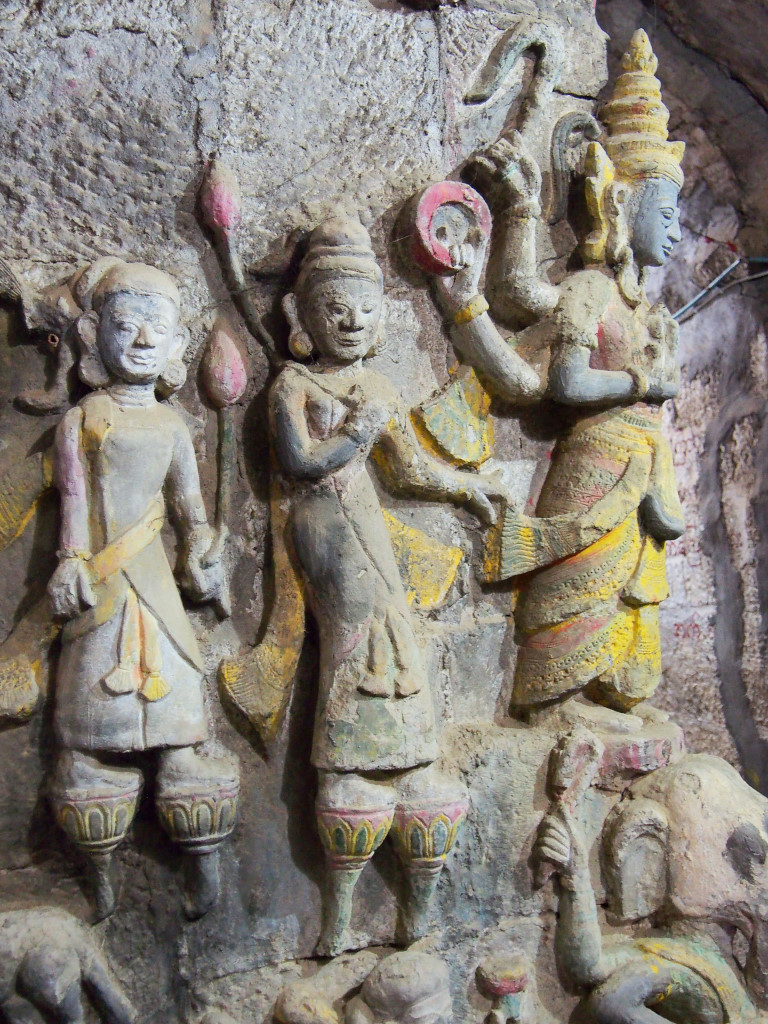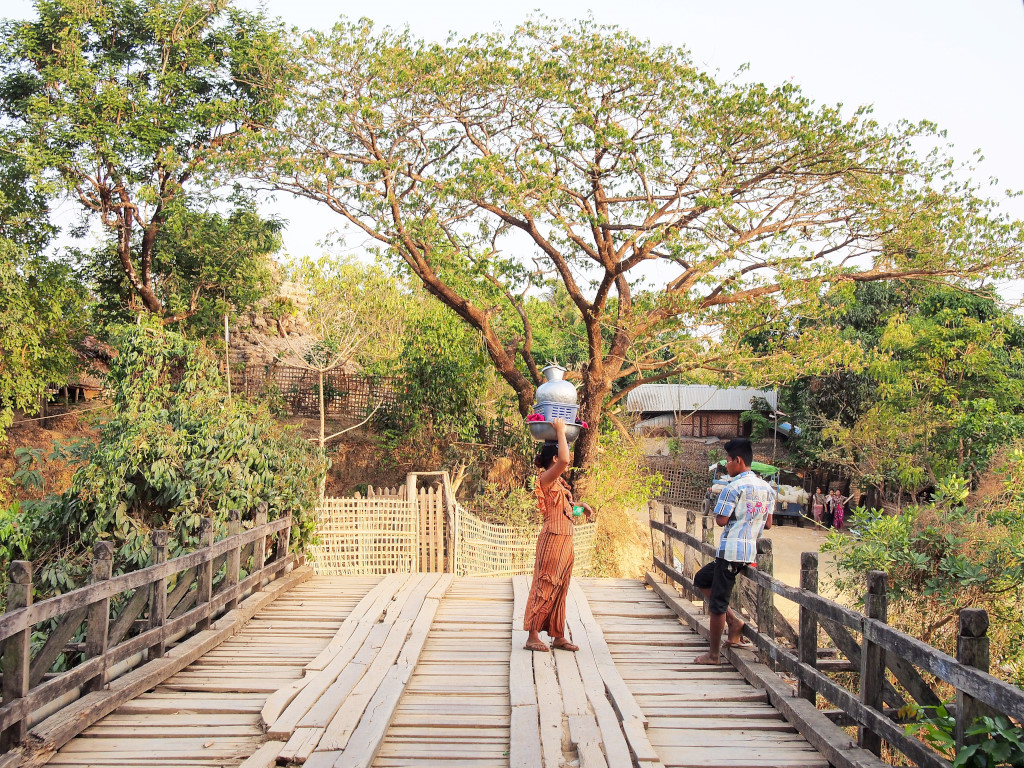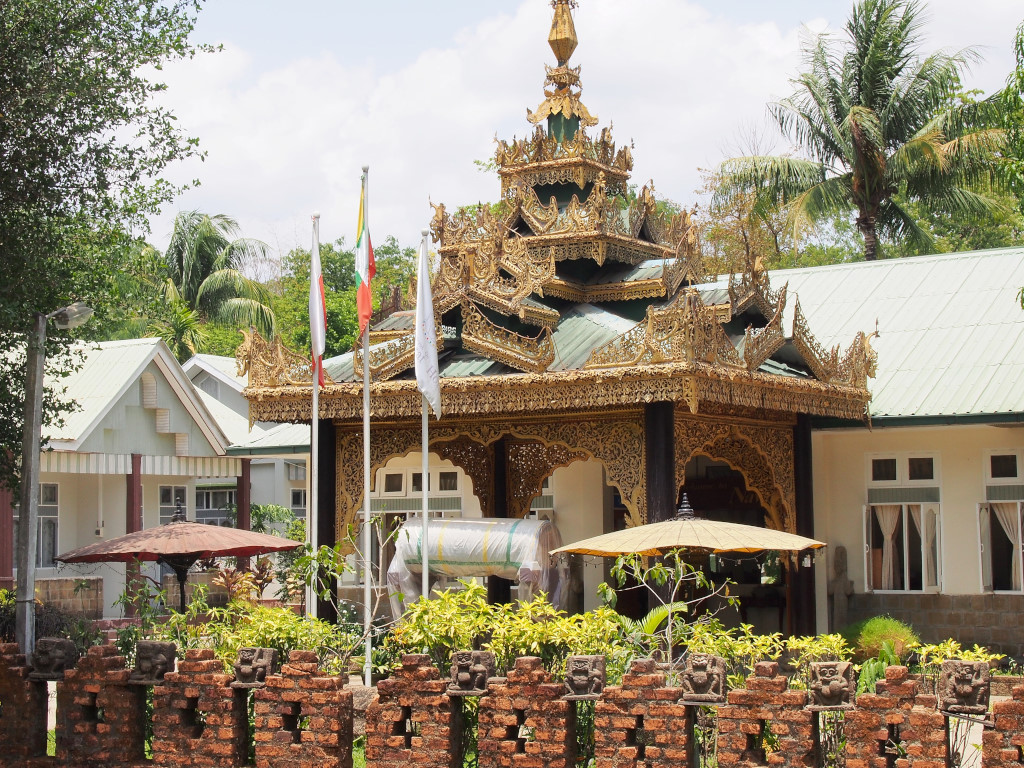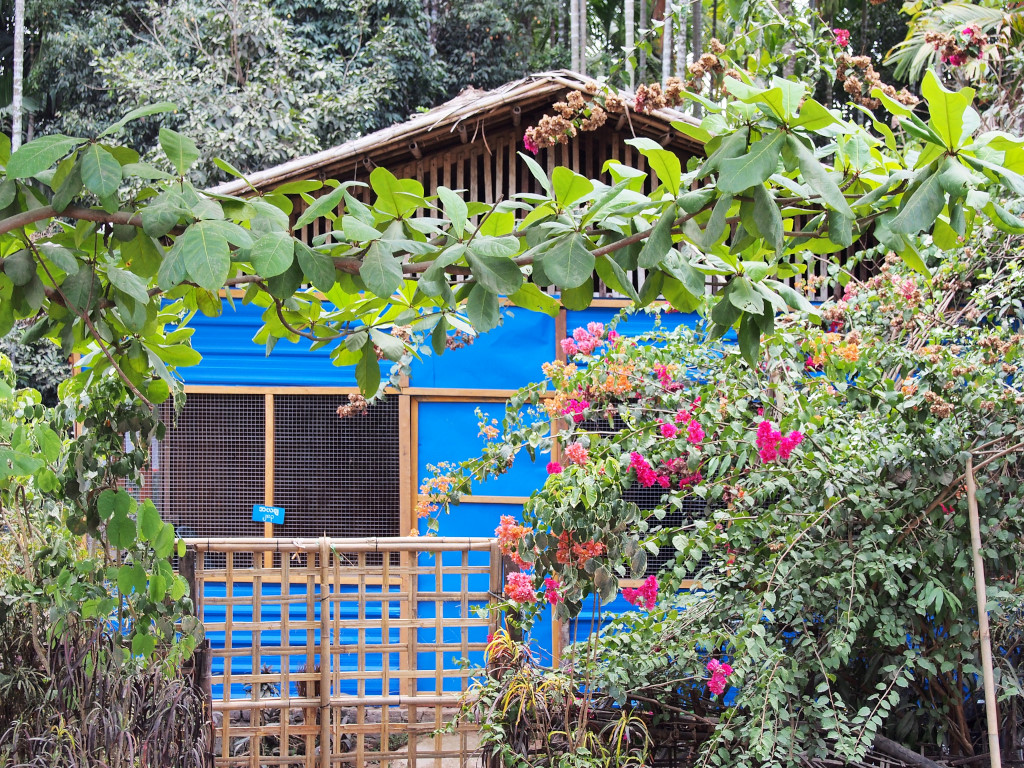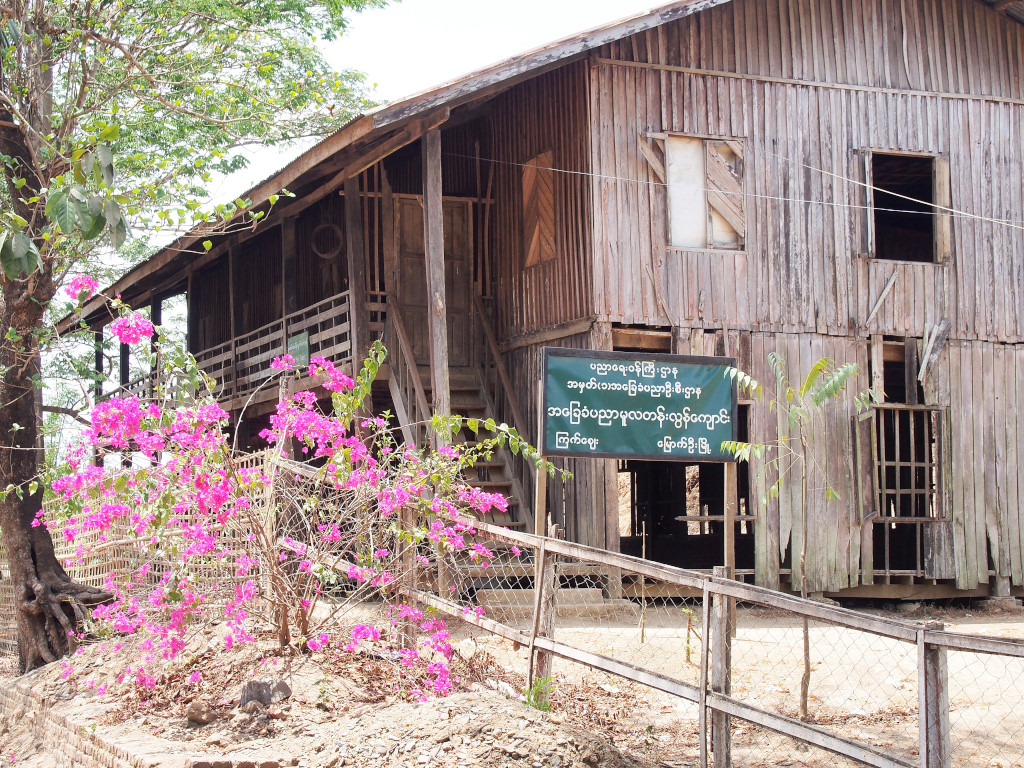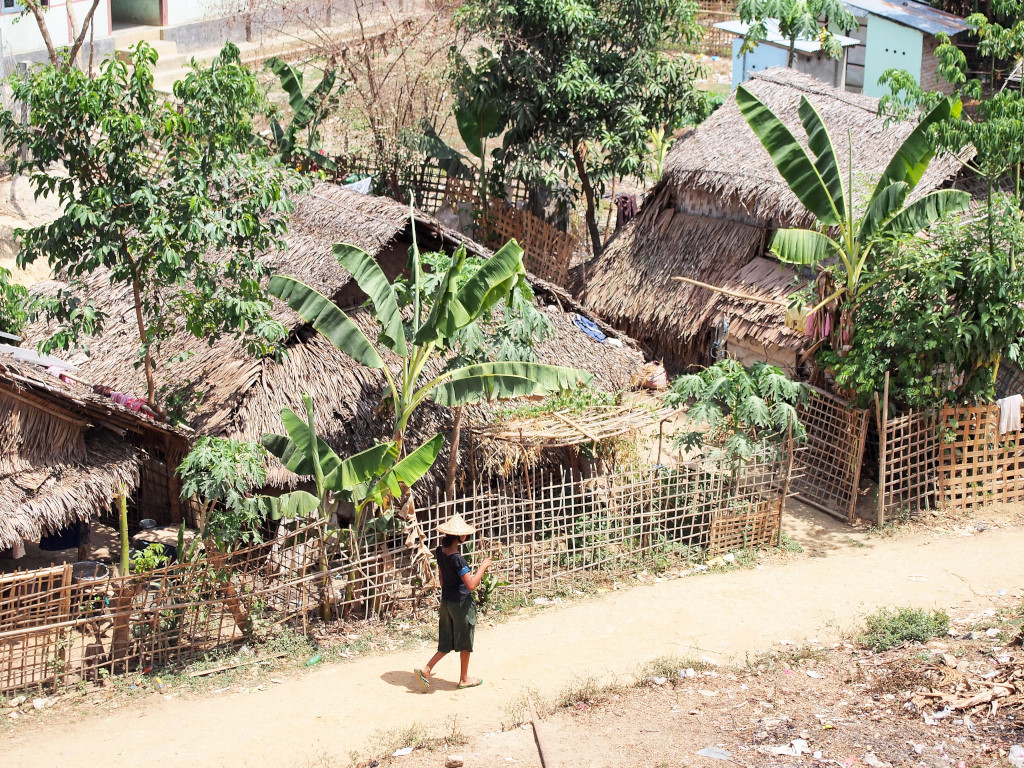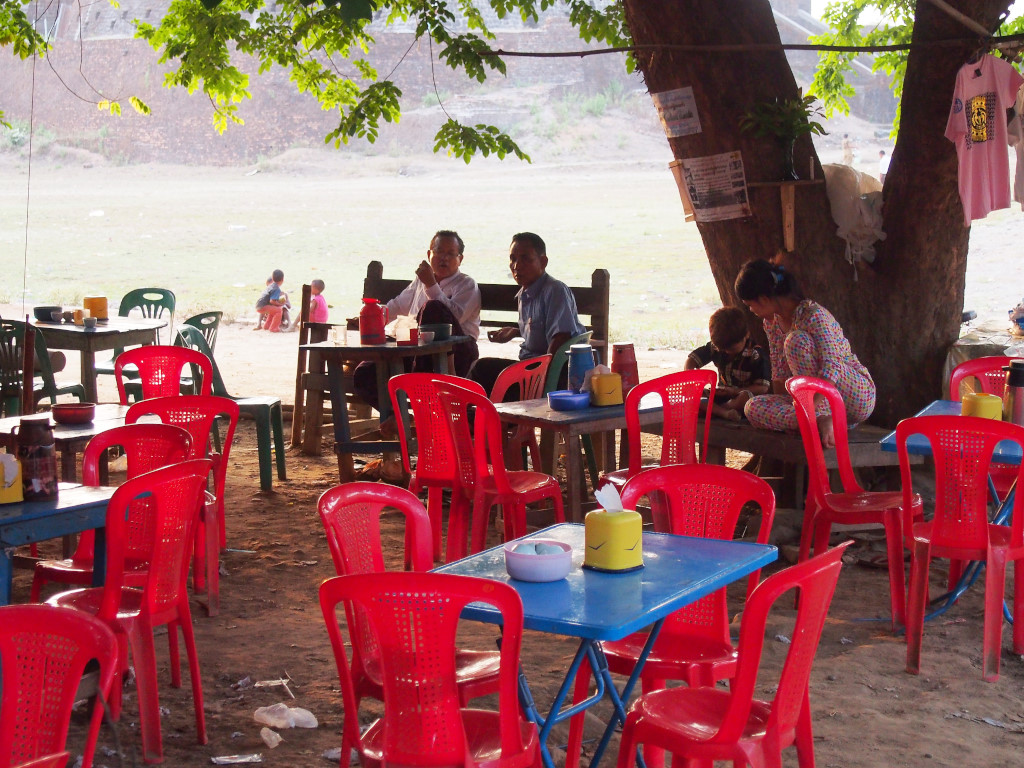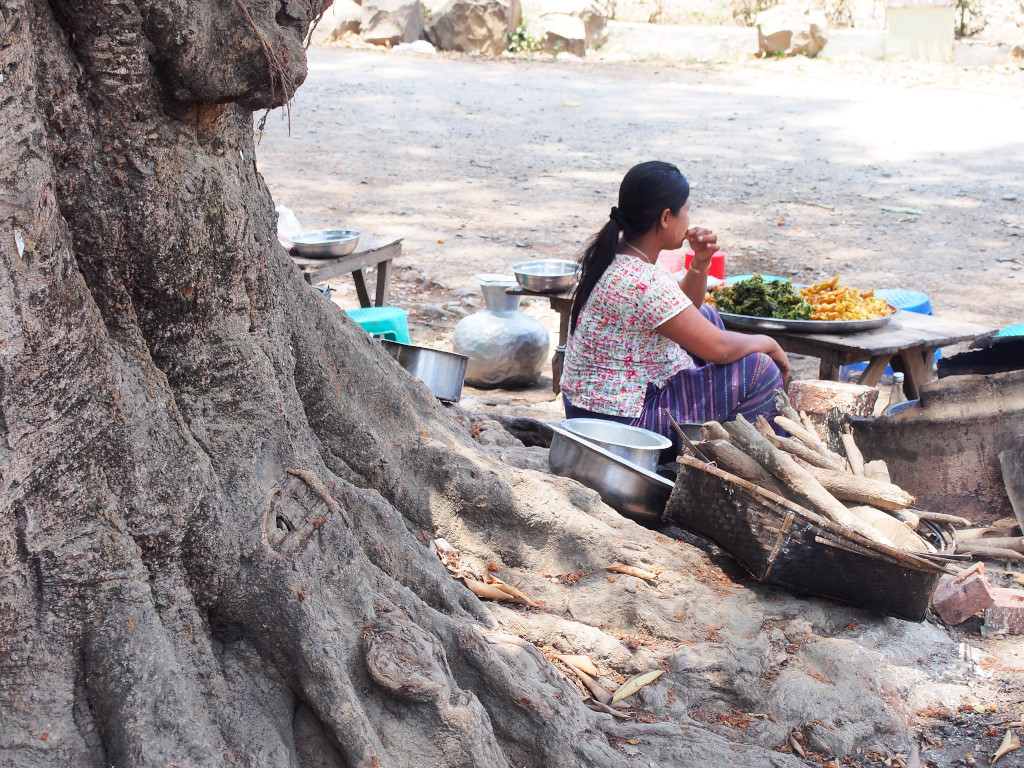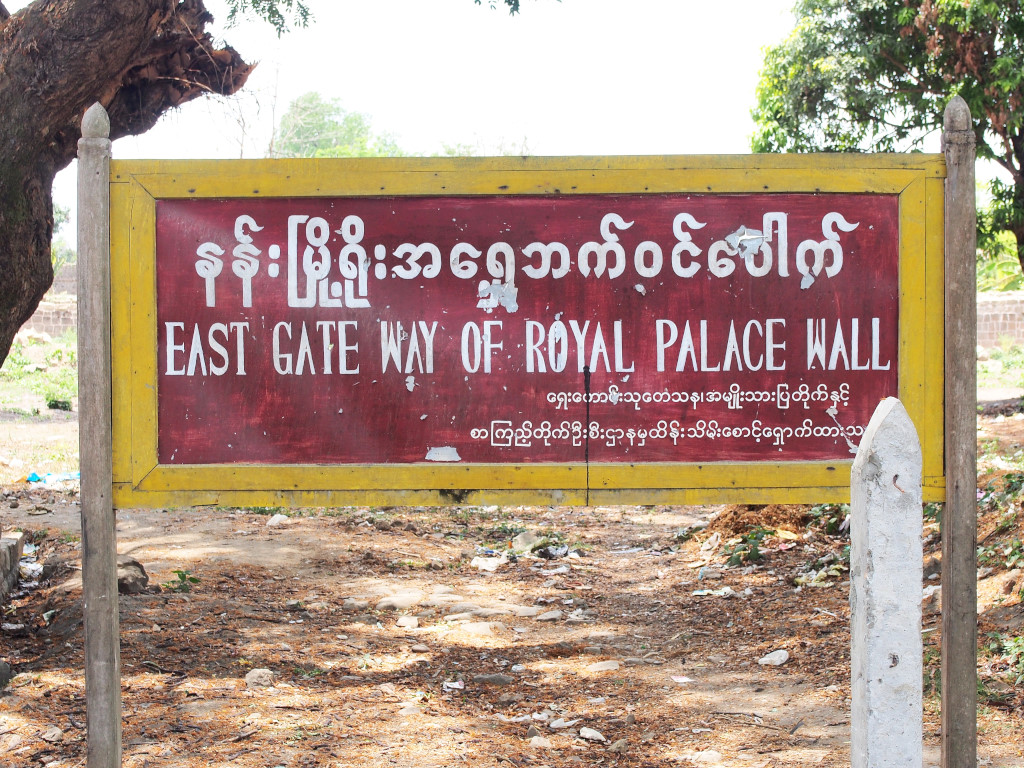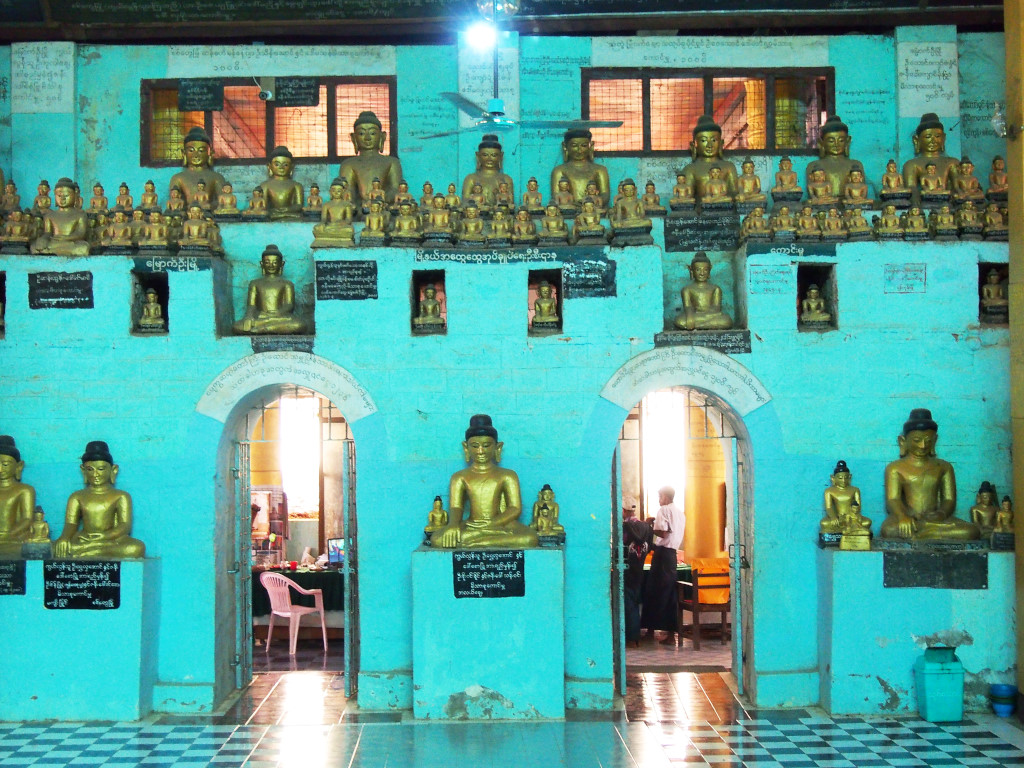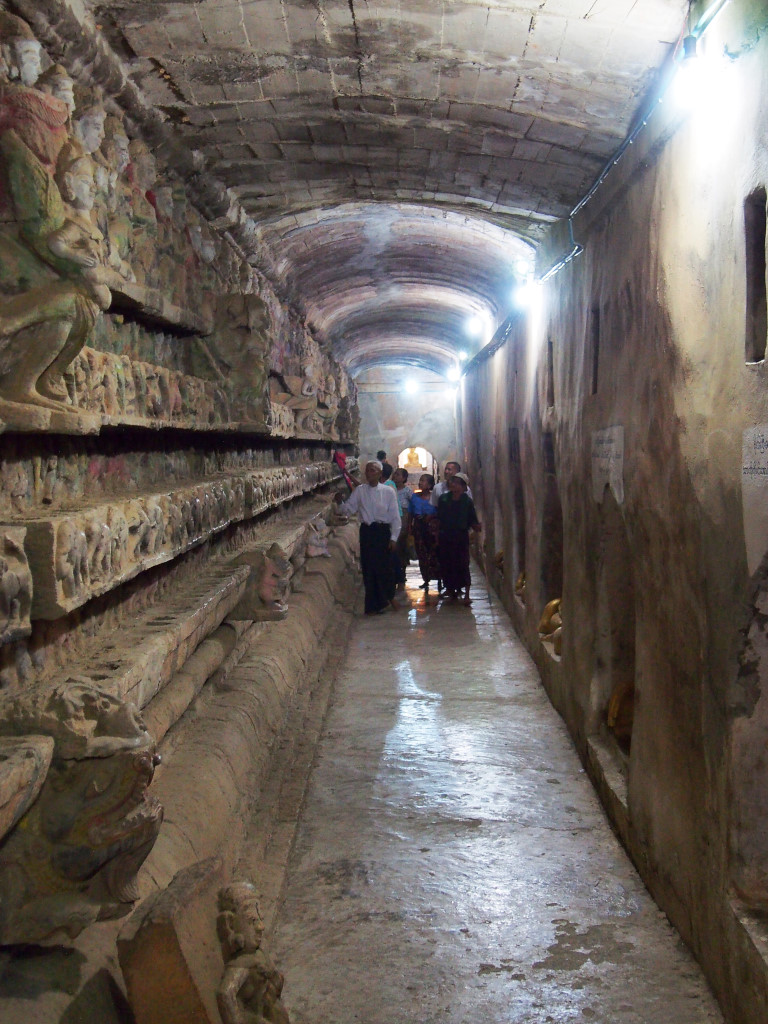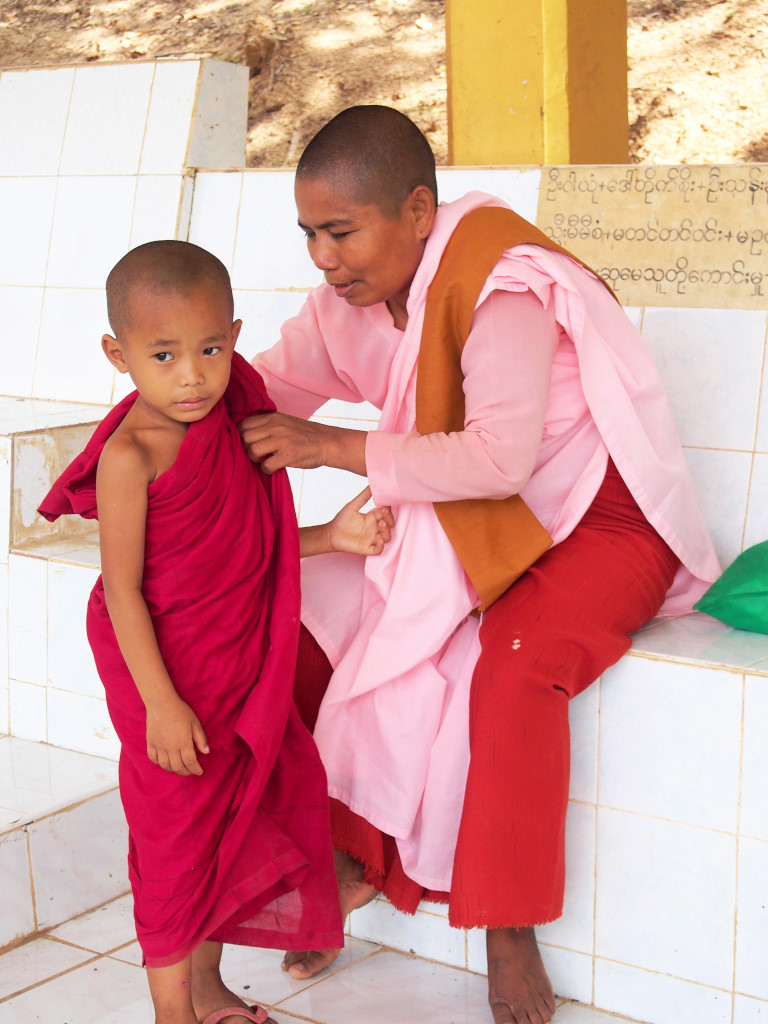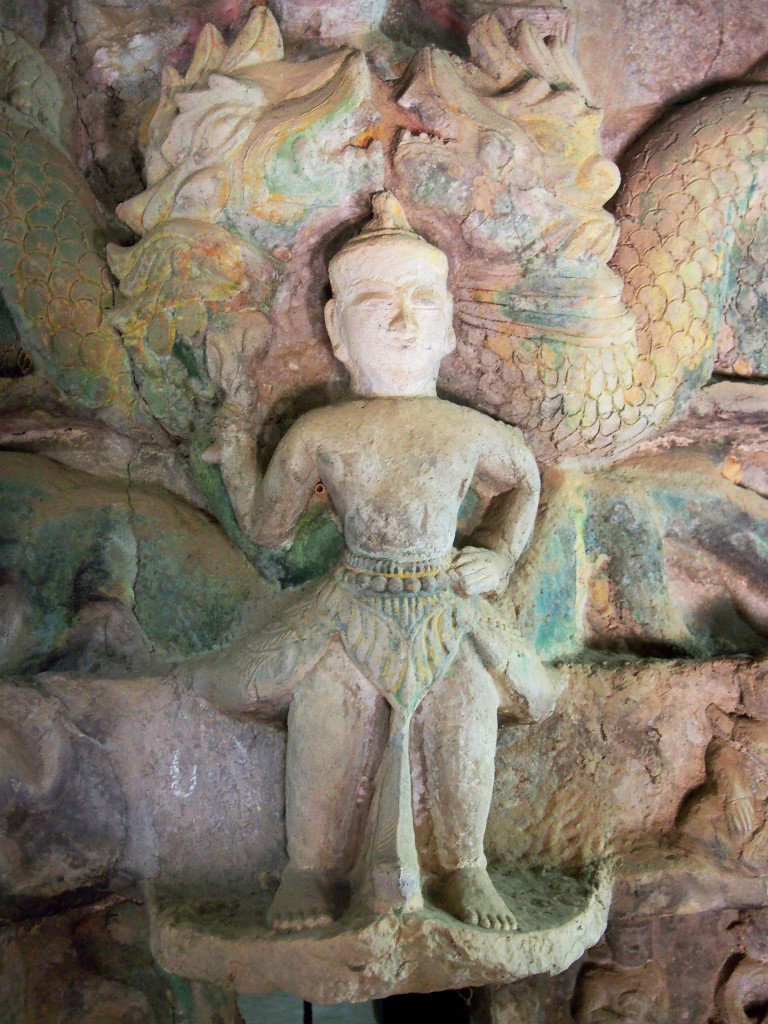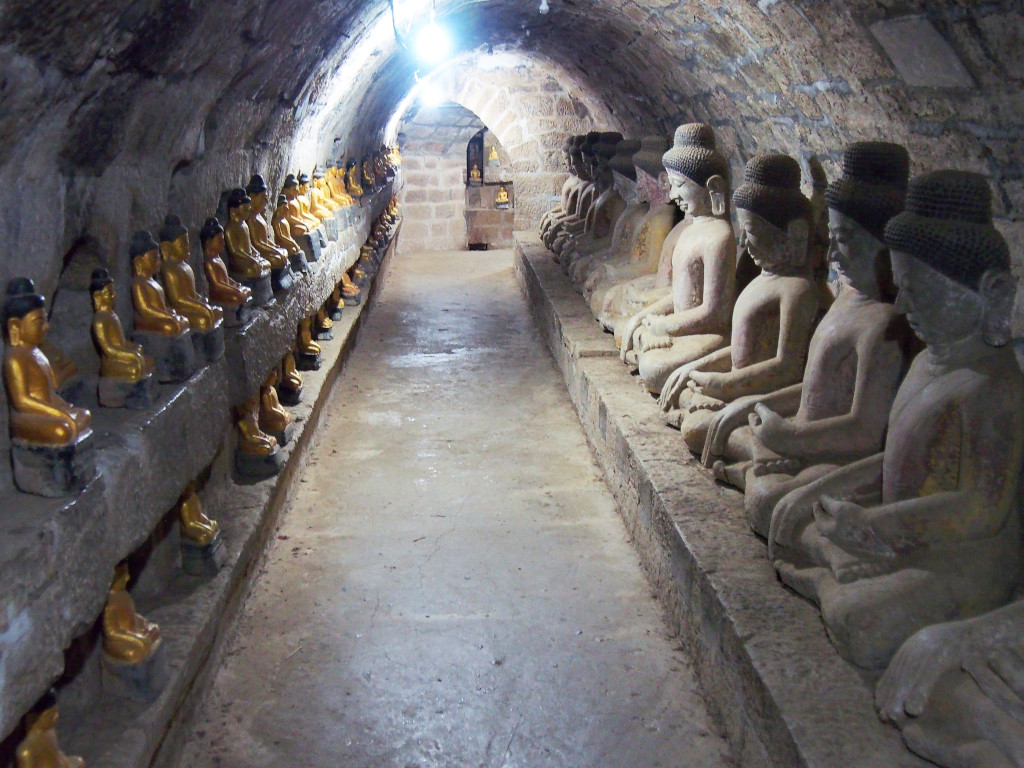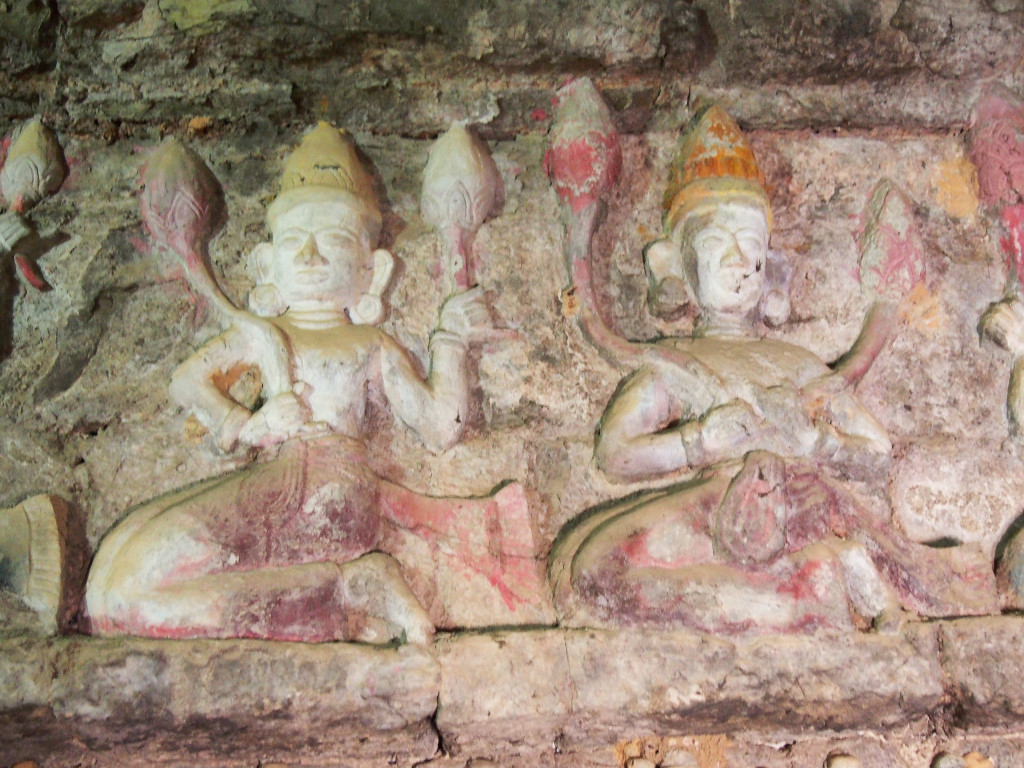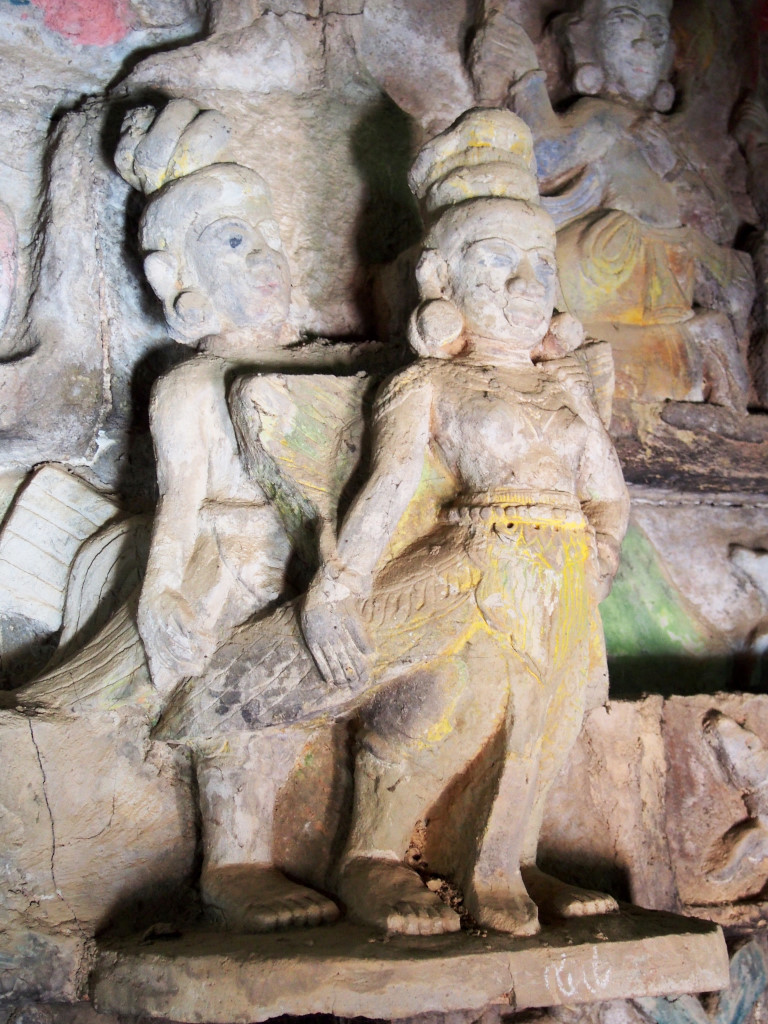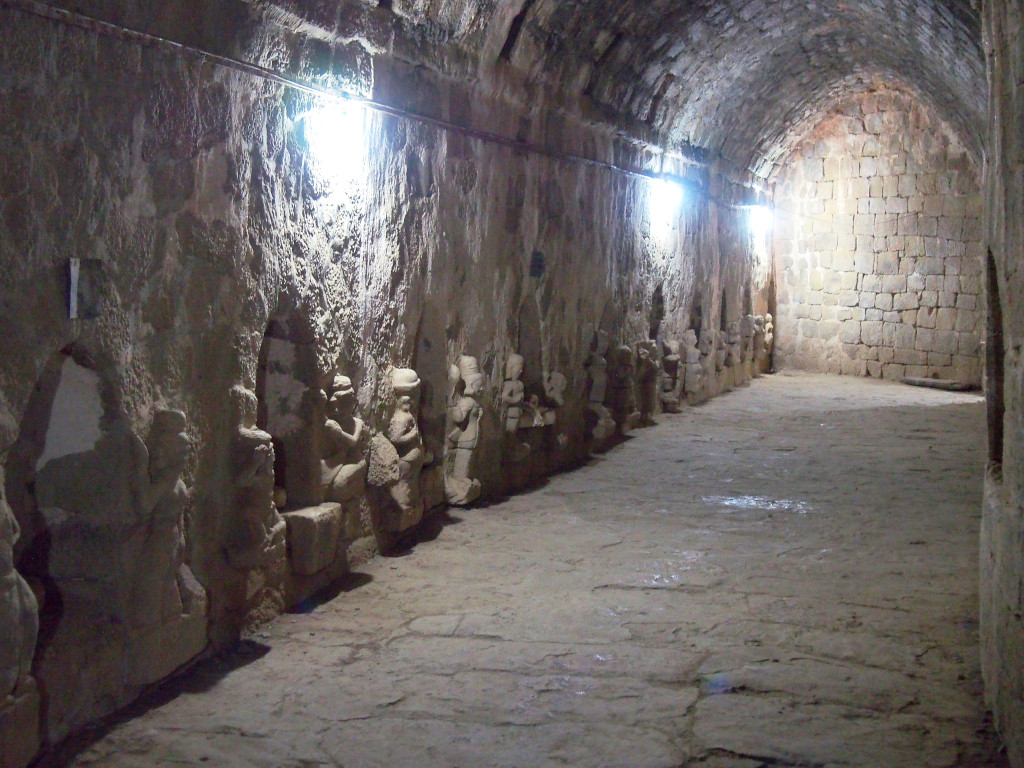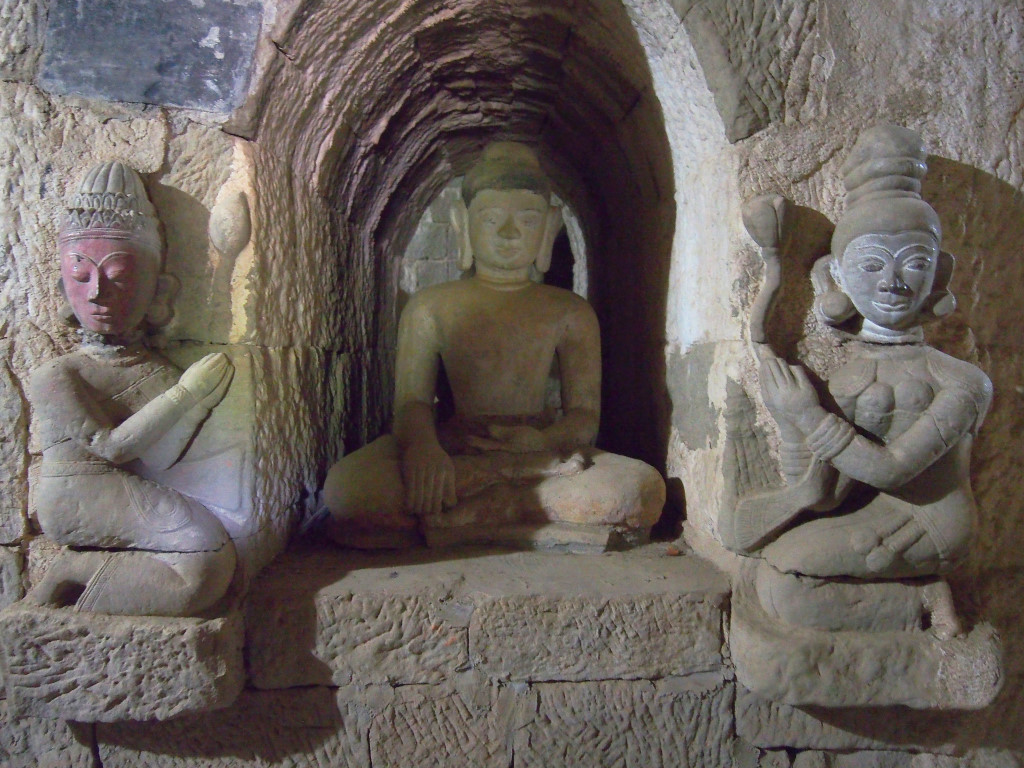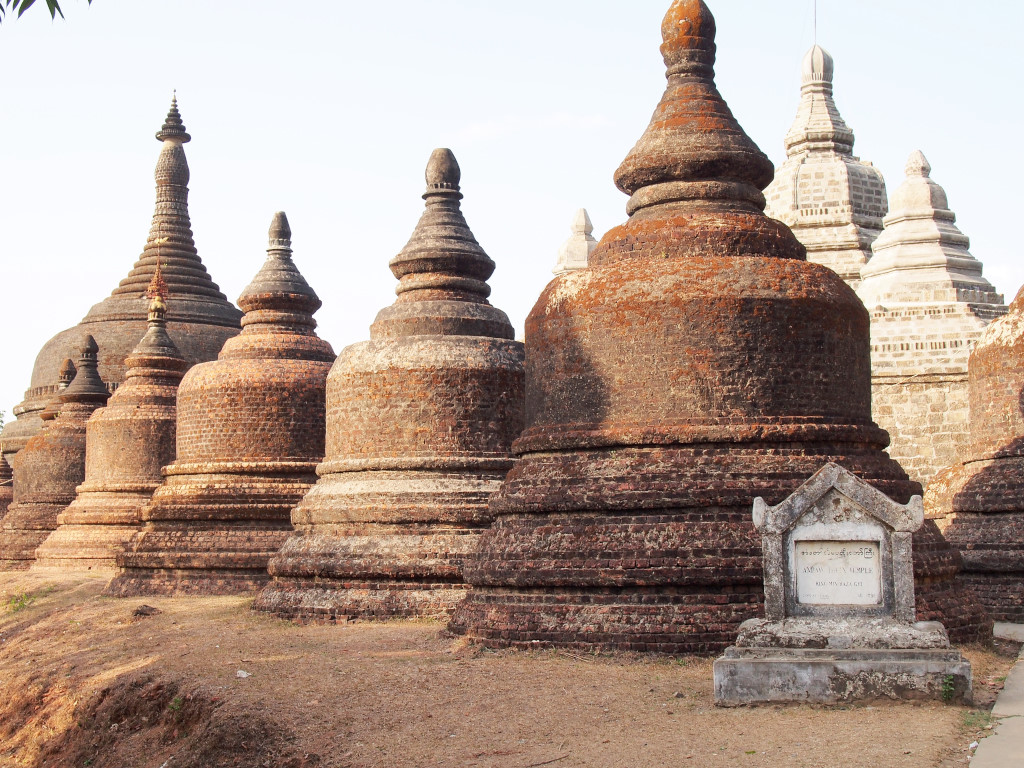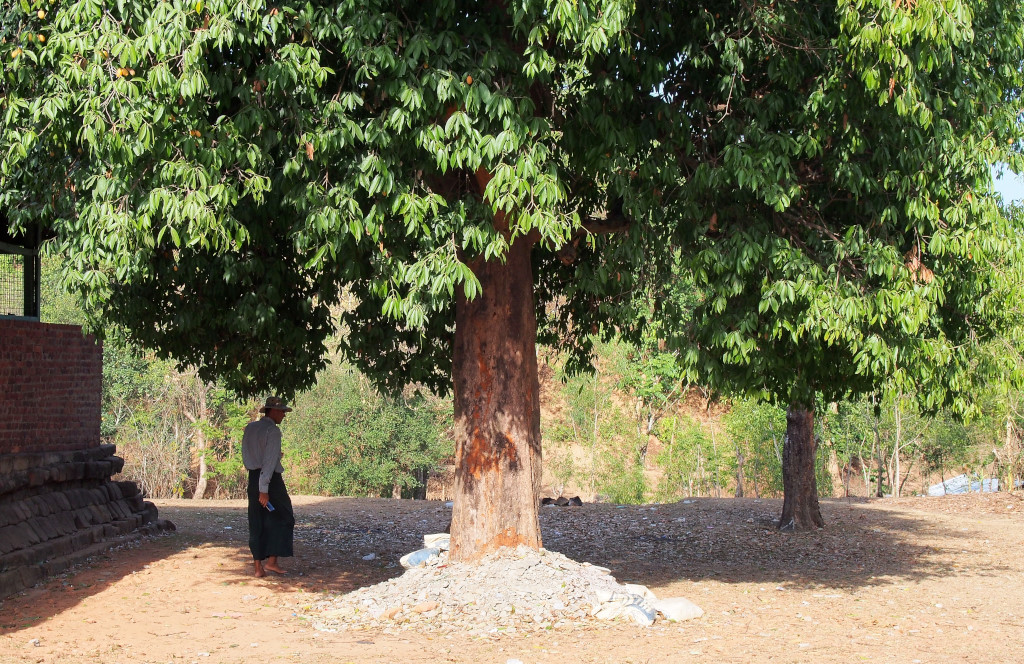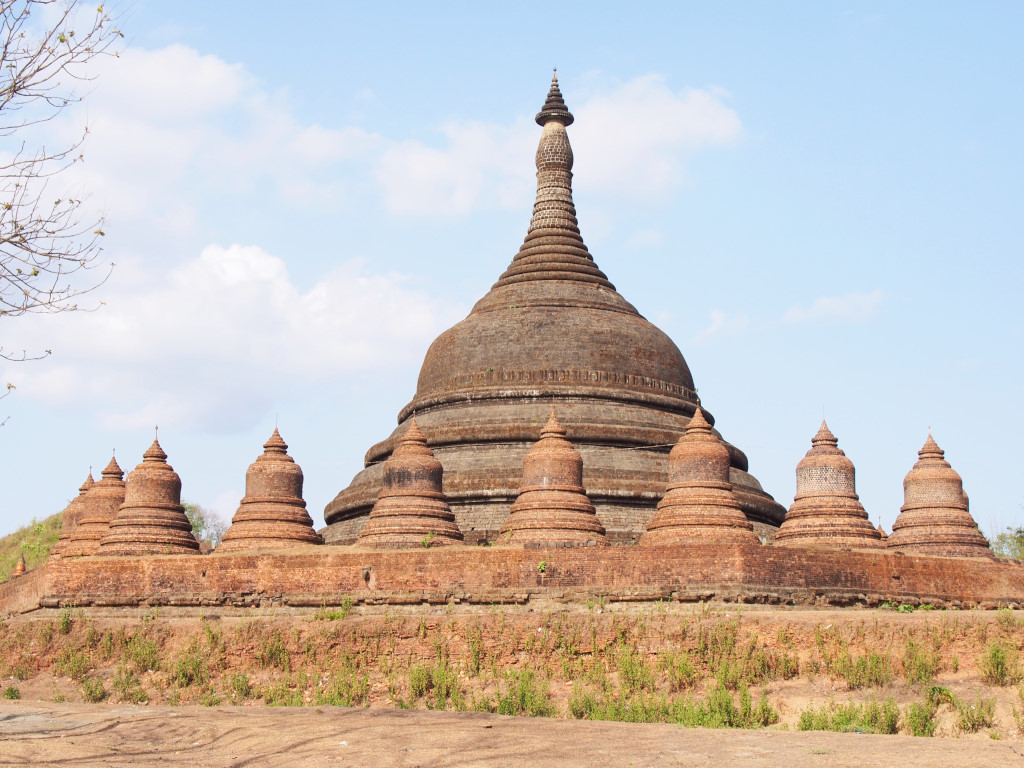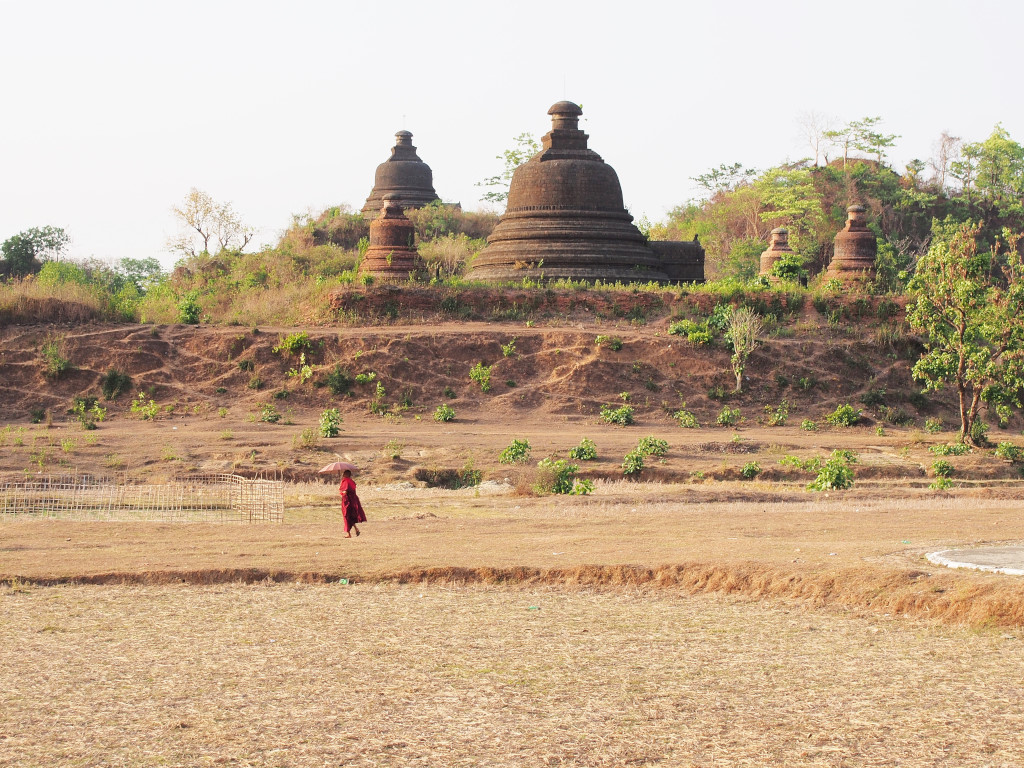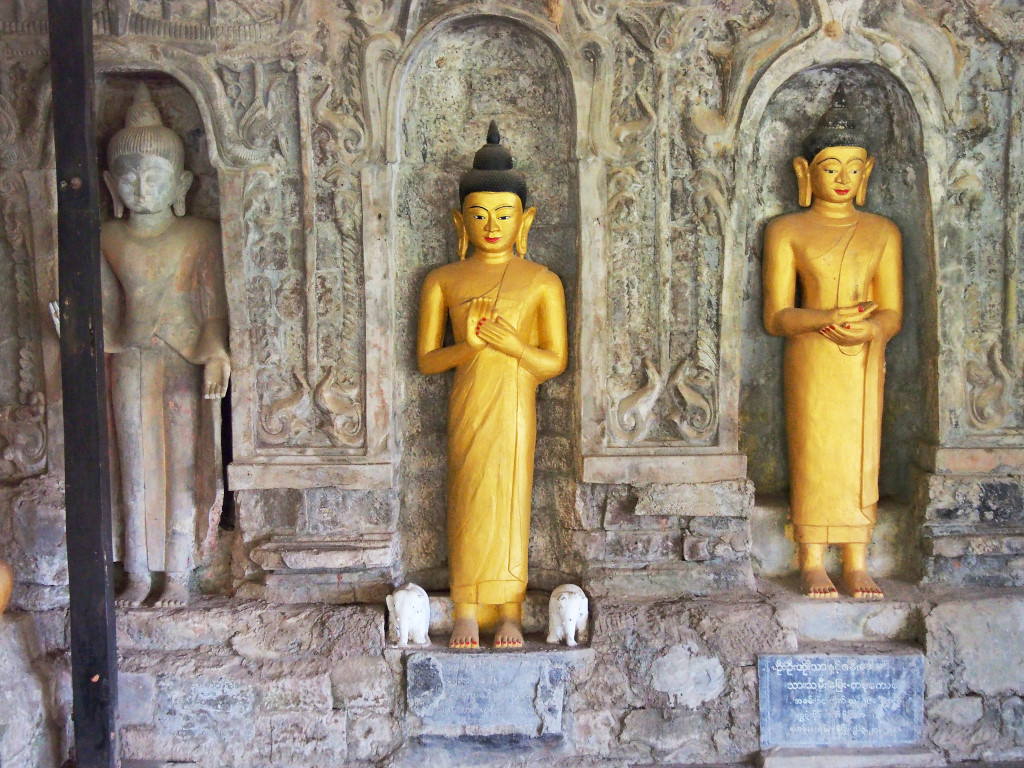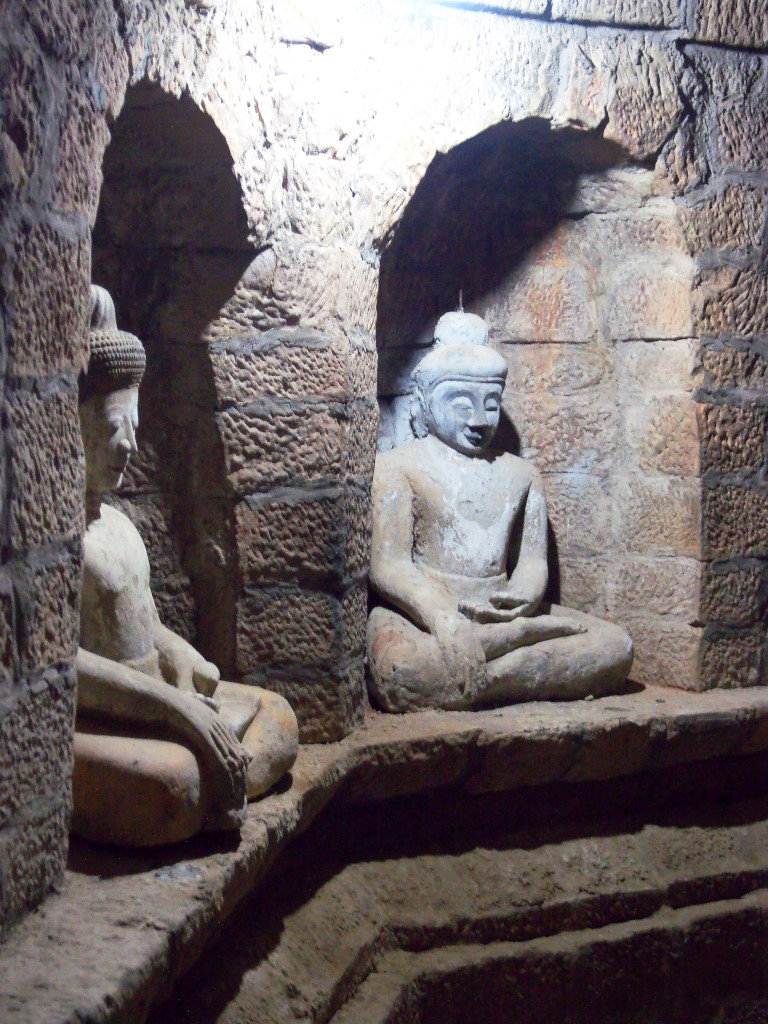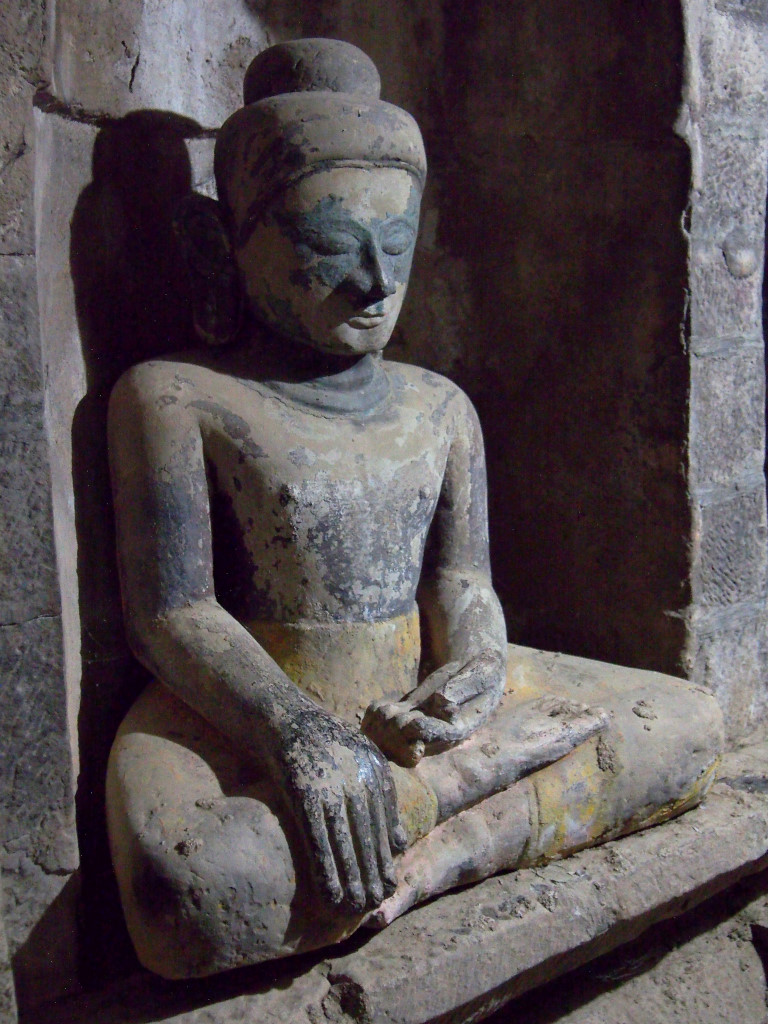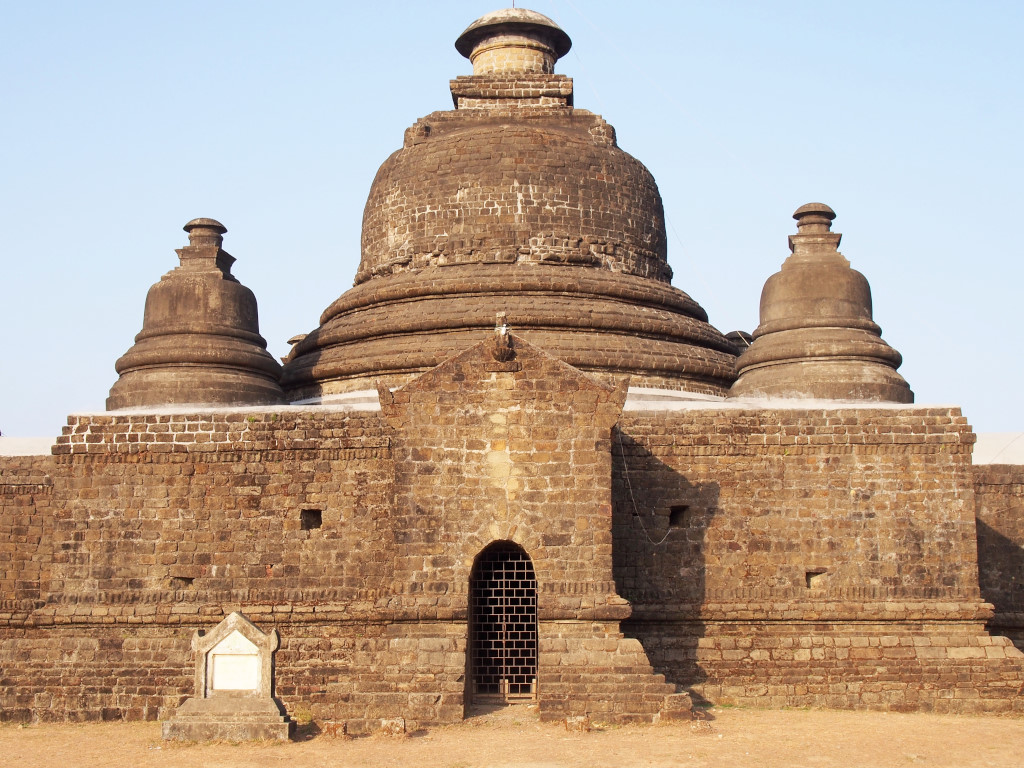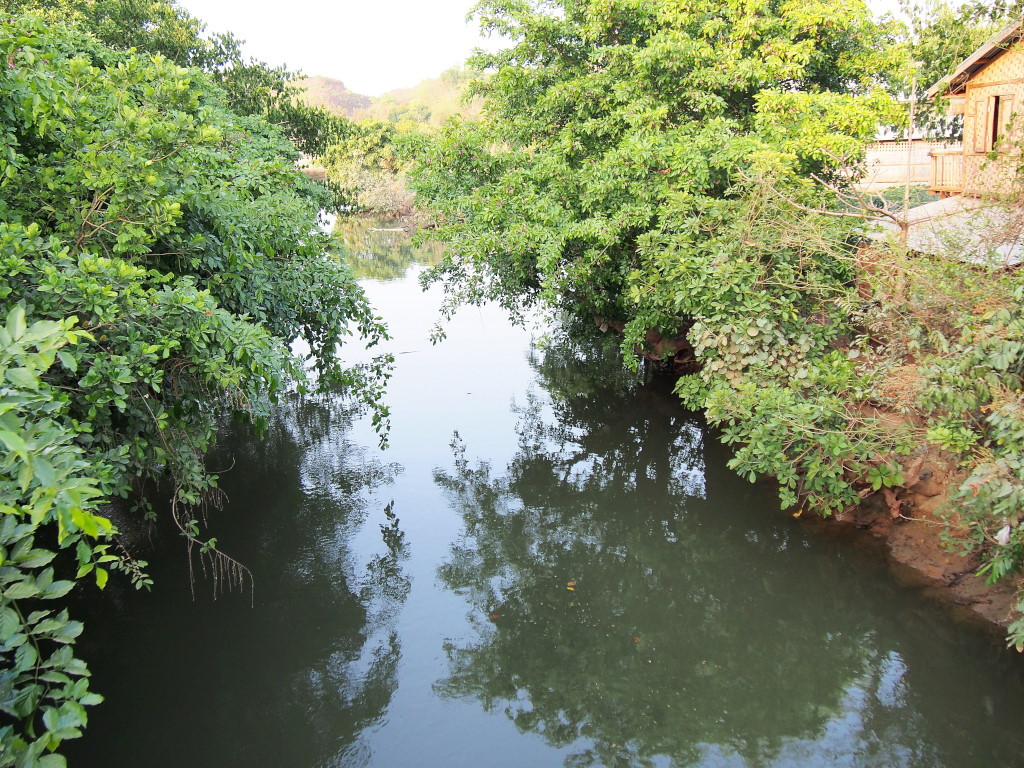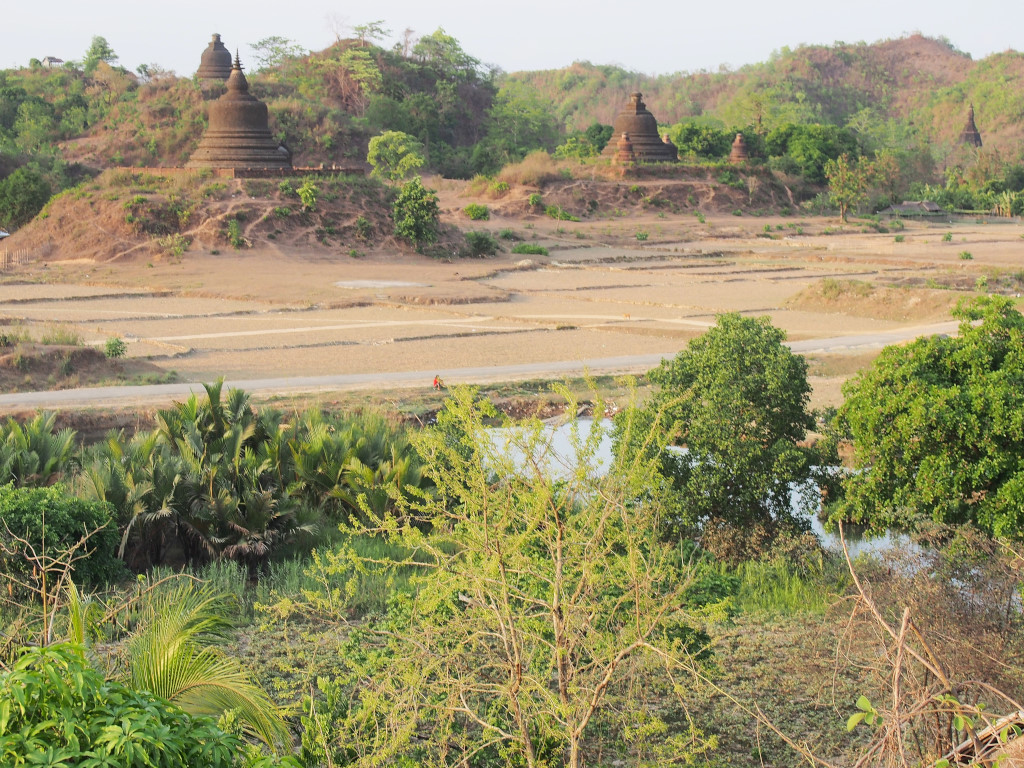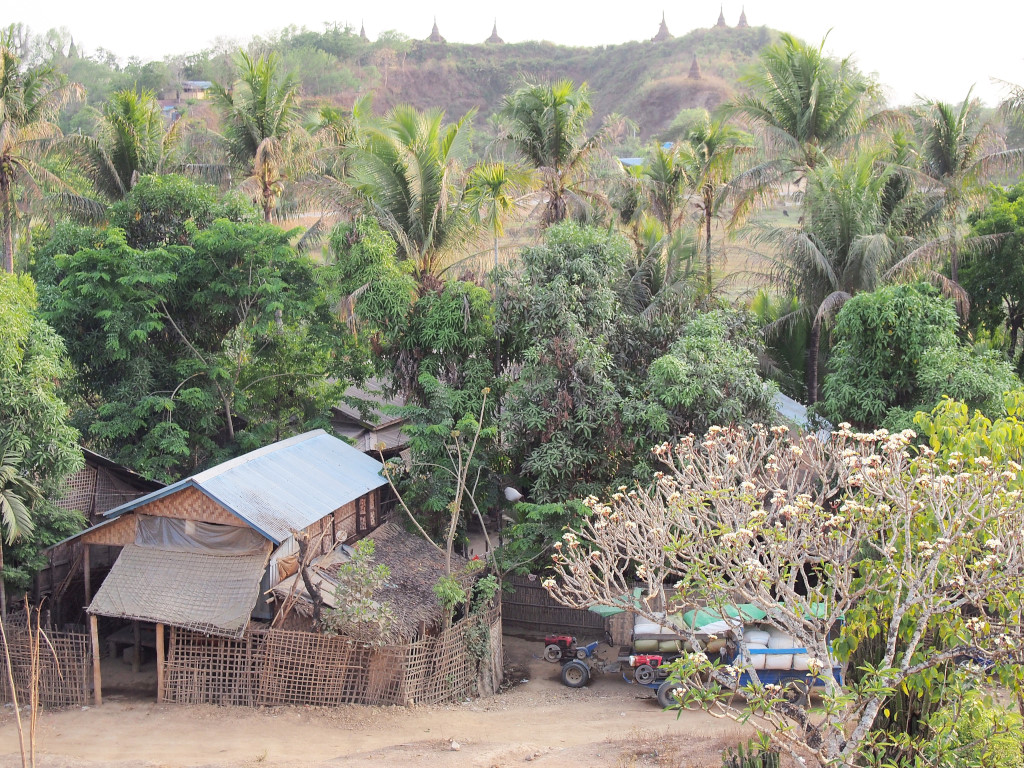April 21st, 2015
A meandering discussion at the breakfast table ensues with the wife of the hotel owner, who tells me they have garnered their experiences over the years of being in business here. The Prince hotel was the first accommodation in town, which started off with no more than a few rooms behind the main house.
Tourism numbers having increased dramatically since they opened with the newly built road from Ann. From the sound of it, the road was patchwork at best before, and only recently have bus companies introduced formal services with somewhat stable pricing, even if the service may seem fairly erratic.
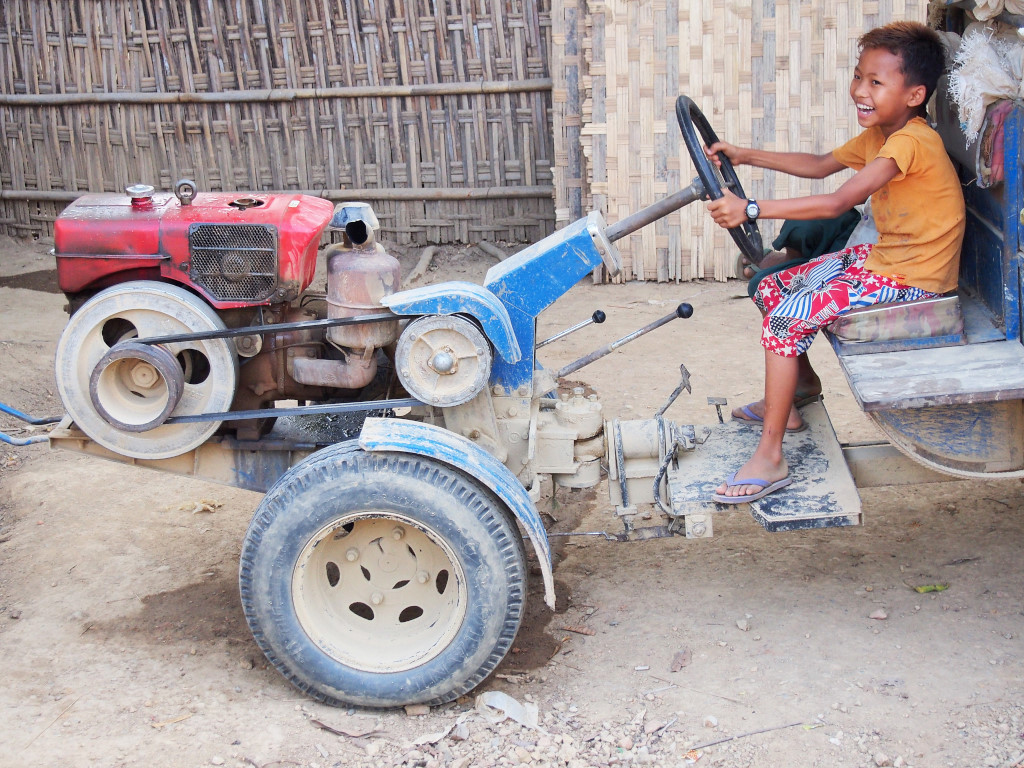
Before, bus companies would largely refuse service to foreigners or charge exorbitant prices. The army would arbitrarily close the area when some skirmish occurred, although now it is hoped that the road will largely stay open and service continues predictably, unlike the confusion that reigned in the past.
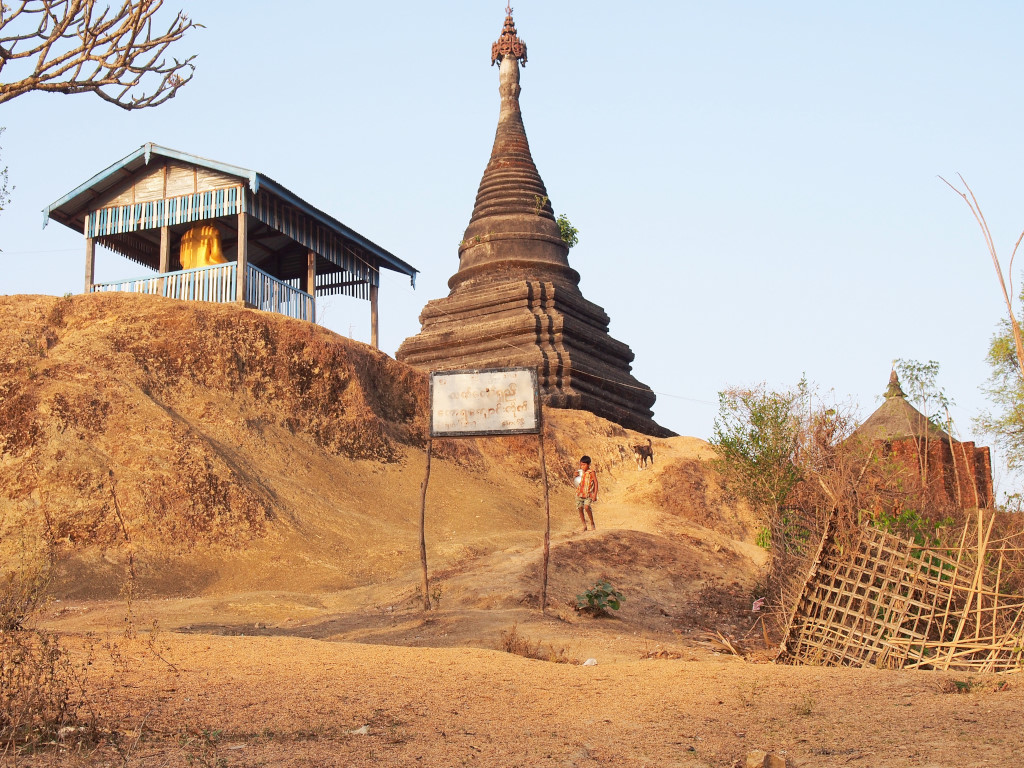
There was really no way that tourists could plan a trip here on land, what with the lack of usable transportation infrastructure and potential political instabilities. As it turns out, the area is in a relatively peaceful lull, as in a few short years it will descend into a bloodbath again.
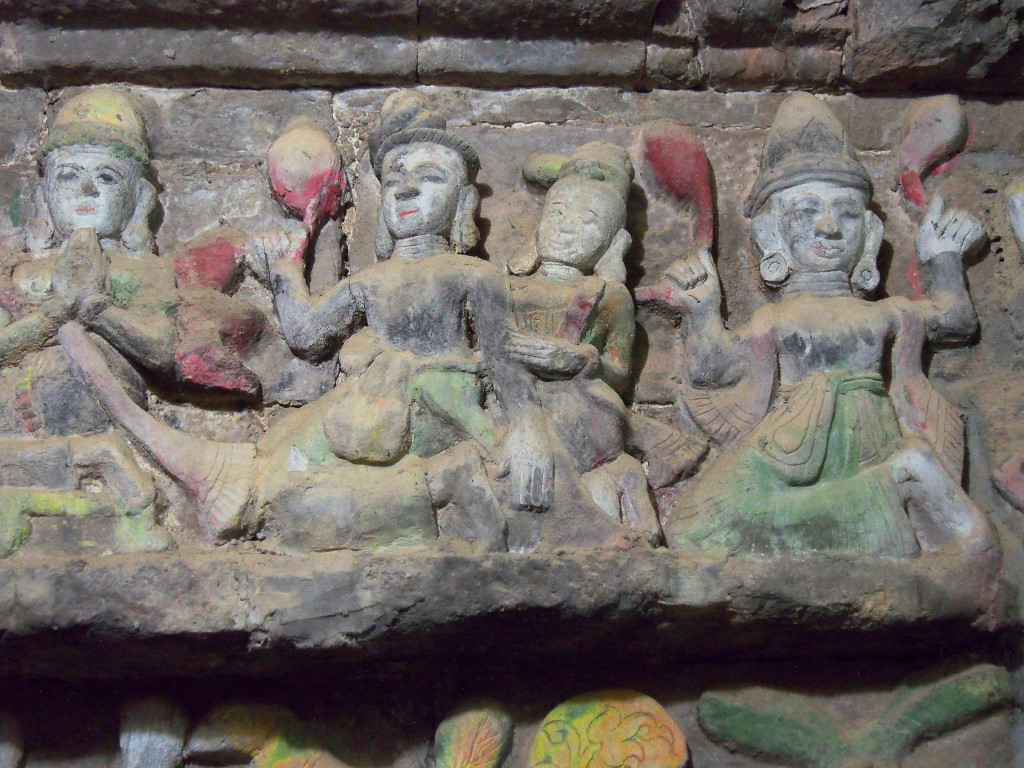
She is forthright in her explanations, befitting the Rakhine women I seem to be meeting, but then must have been through a lot of challenges over the years. I laud them for offering a somewhat consistent accommodation product, and am thoroughly enchanted with the rustic spaciousness of the place, never mind the soaring ceilings that are rarely found in any but the most expensive establishments.
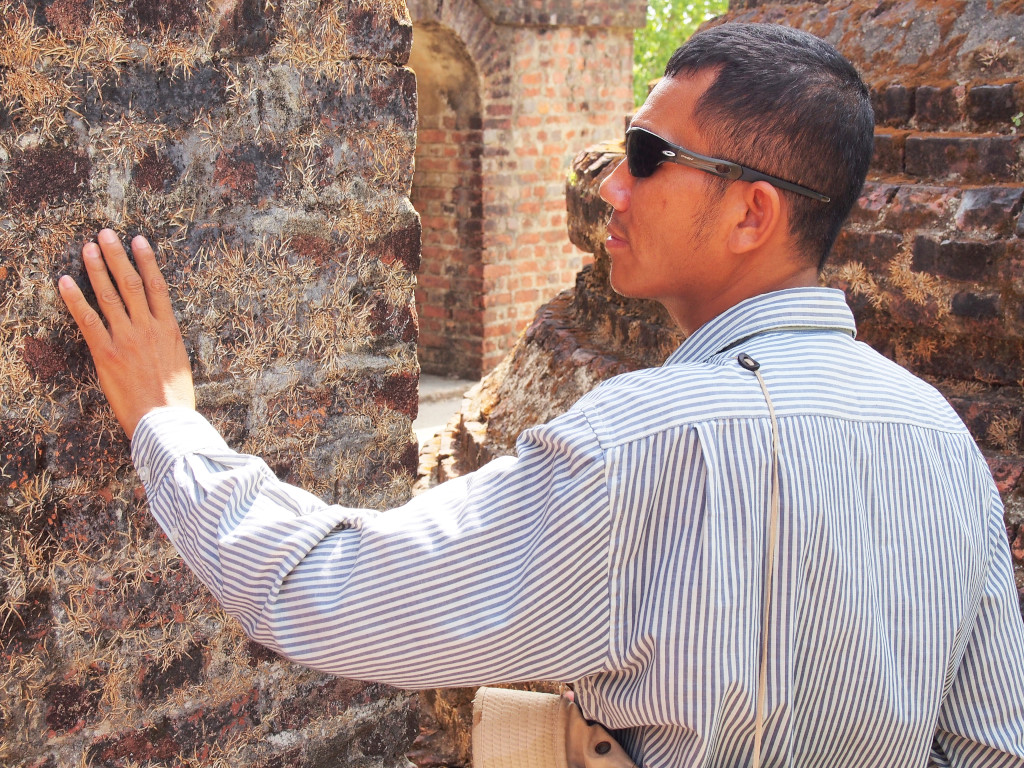
As terrible as the other choices in town appeared to be, as fantastic as this place turns out to be. Possibly the only downside would be the relative distance from town, not that Mrauk U is by any stretch of the imagination some teeming metropolis.
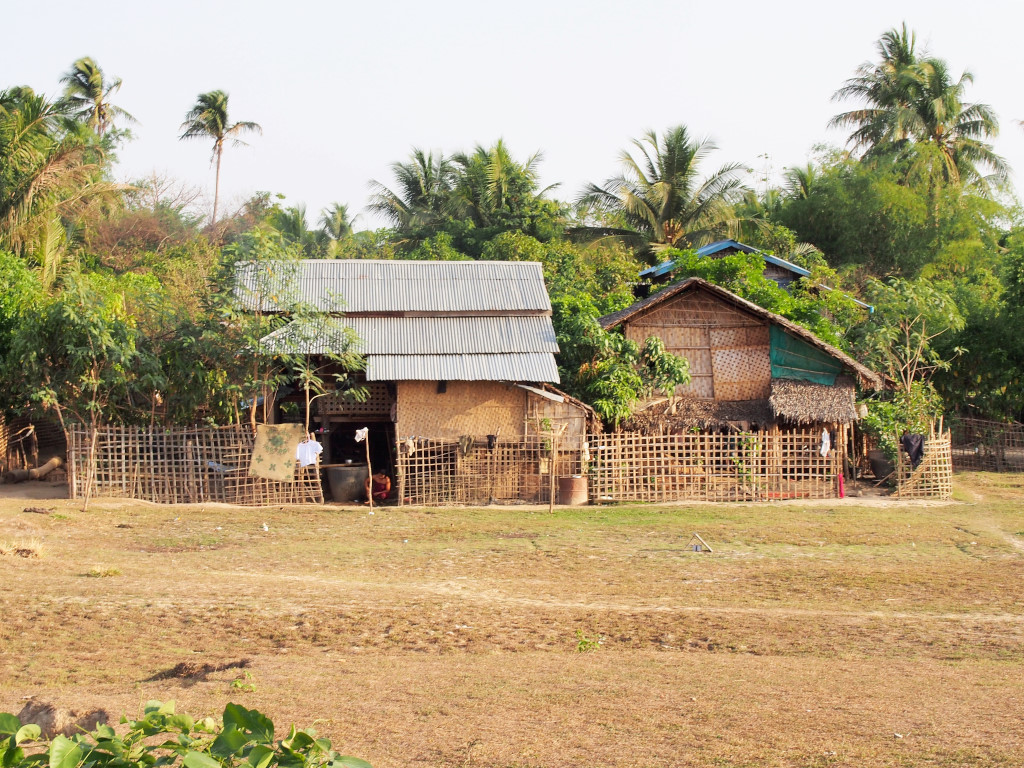
The neighboring young Dutch couple are not thrilled at the prospect of having to pay $145 U.S. for airplane tickets back to Yangon, given that the buses are fully booked for the next few days, which seems difficult to believe. The past few weeks have been ample testimony to the fact that it is always worth asking again and again, and never taking no for an answer in Myanmar.
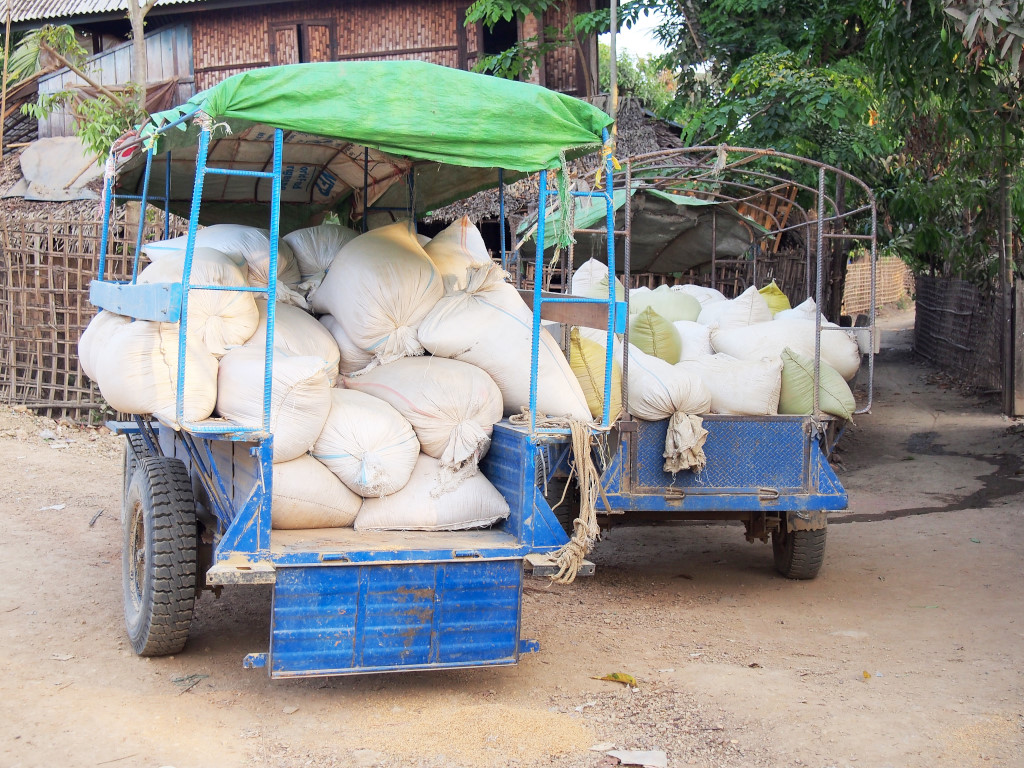
The last few drops of coffee slurped from my cup and rank shirts washed in my room, then time to shut off the lights and air conditioning, and make my way into town. The rental bicycles offered at the Prince hotel are too small, and I quickly realize it may be unwise to look for better alternatives elsewhere, as the outlet I thought was located across from the bus stop I arrived at is now nowhere to be found.
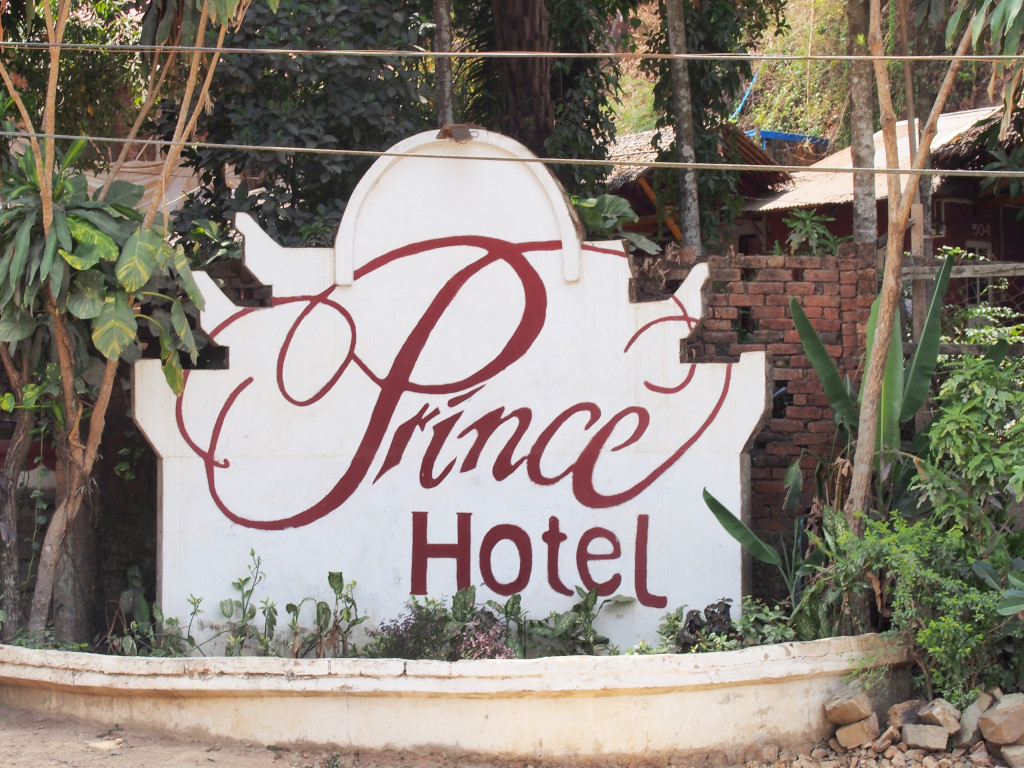
From the leafy compound at the southeast end of town, I walk westward across the bridge on the main road, the dirt road to the right leading to the eastern temple group. The canal is overgrown with palms and other tropical vegetation, a lone canoe drifting slowly around the further bend.
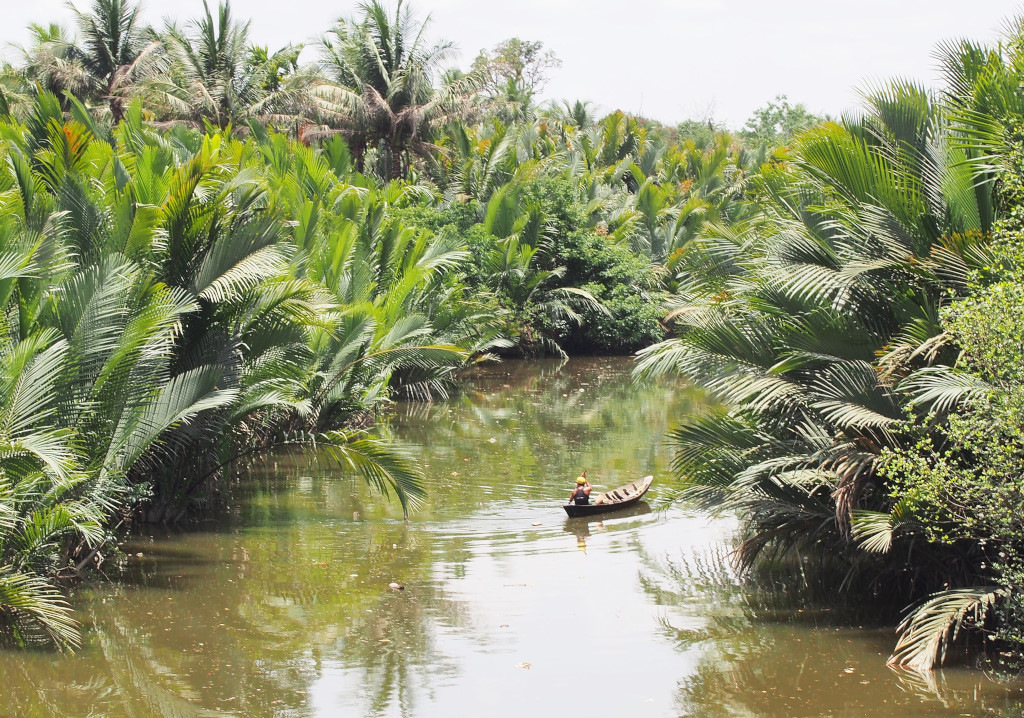
The turgid canal running adjacent the hotel could make the environs more romantic, but for some reason simply gives the area a more lurid quality. After all, who knows what kind of scary creatures could be lurking in the murky water …
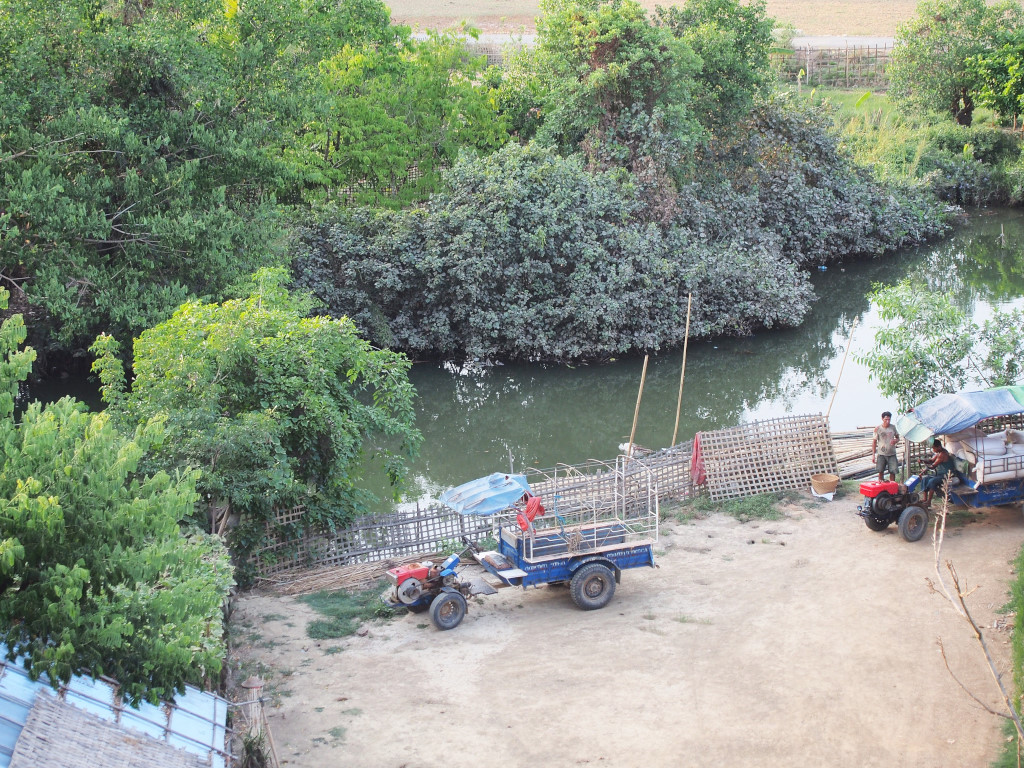
Teak shacks with thatch roofs dominate the look of Mrauk U, consistent with the outlying towns in the country. Shutters open up in the more modest huts to let in fresh air when the oppressive heat recedes outside. Some huts are clad in cross-hatch siding, others in herringbone.
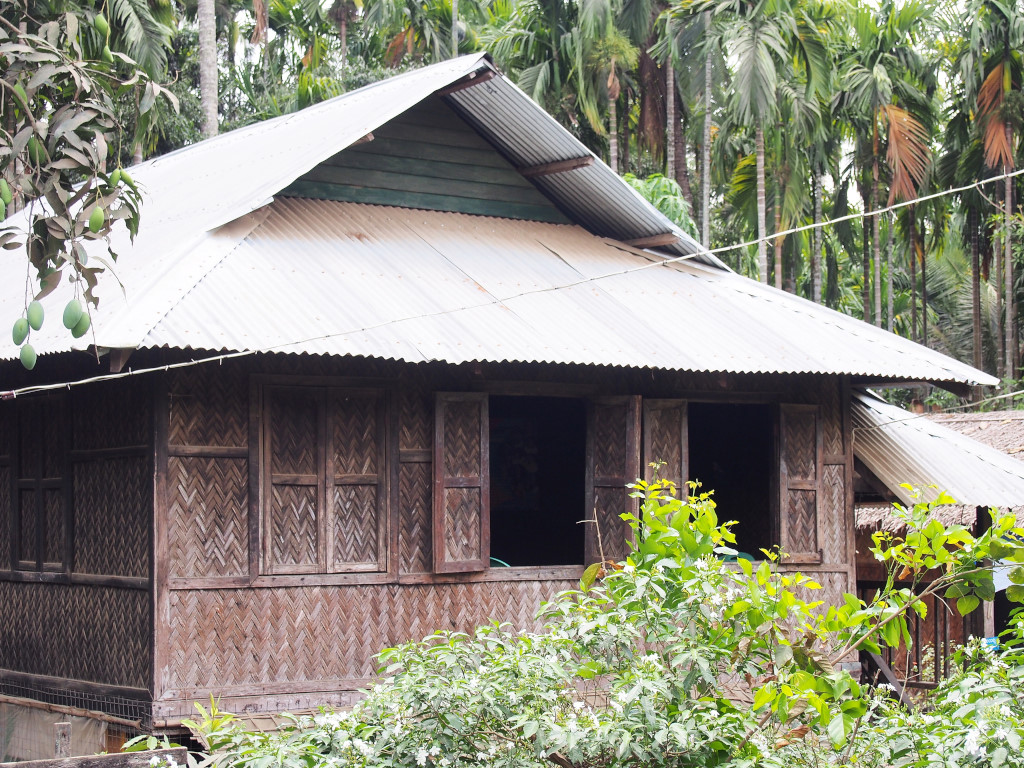
Grime-covered young repairmen dig into the guts of motorcycles, the tools of their trade, tires, engine parts and rubble heaped unceremoniously around them.
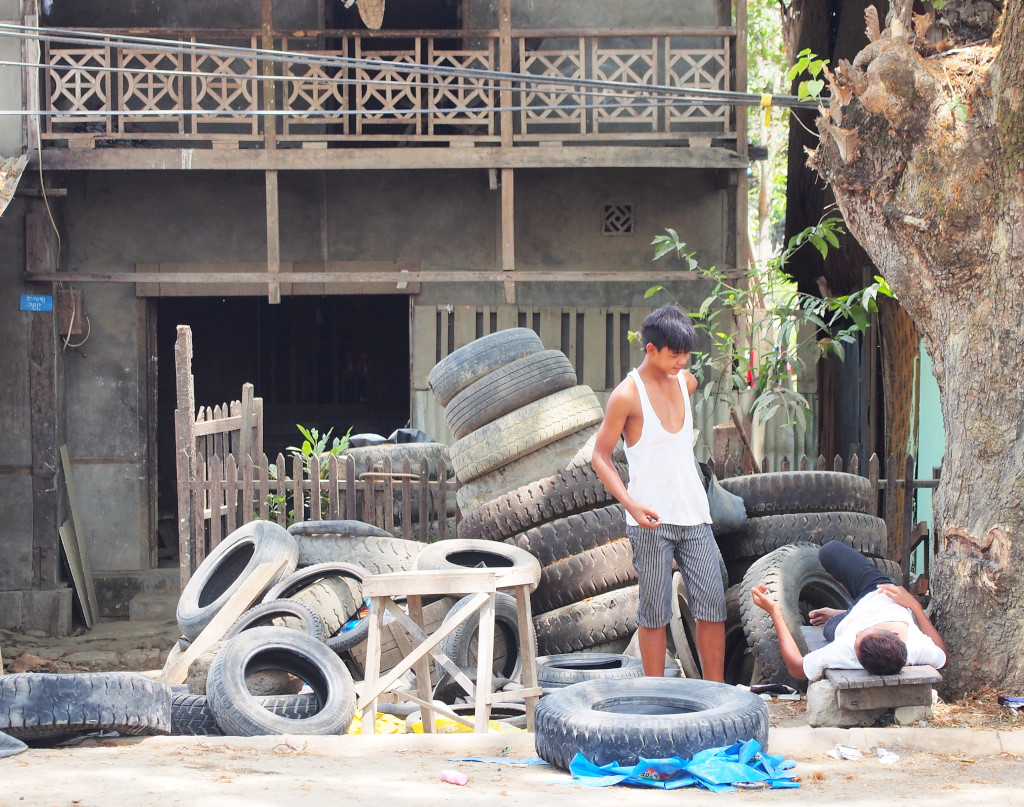
Continuing onward, I take a wrong turn, as a landscape unfolds that is entirely different from what I would have expected. But this is rural Myanmar at its best, what with the archetypal young men with wild eyes, spiked dyed hair, wrapped in billowing lungyis astride ancient bicycles, plump women in plaid shirts, flowing sarongs and tilted conical bamboo hats, faces doused in thanaka.
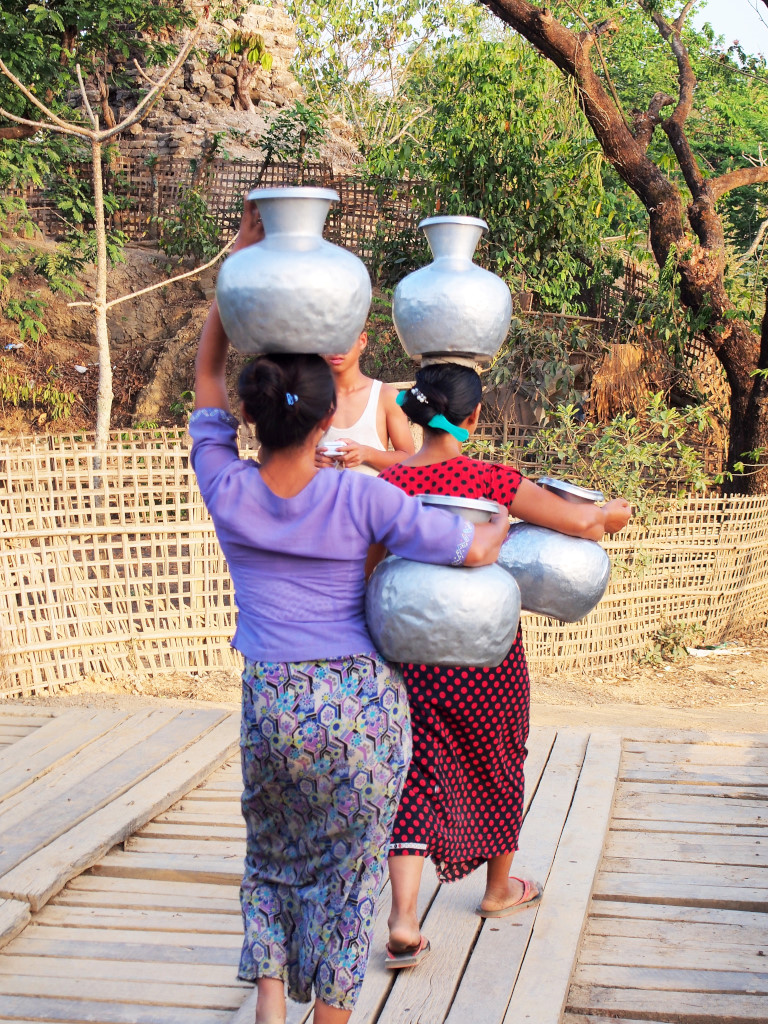
Flimsy bamboo shacks are woven in variety of patterns, the dull brown set against the rich olive tapestry of foliage. Creeks are littered with refuse that lazes along, the surrounding land dotted with tiny feral children engrossed in their personal fantasies, the rich brown hues of the ancient bell stupas crowning the surrounding escarpments.
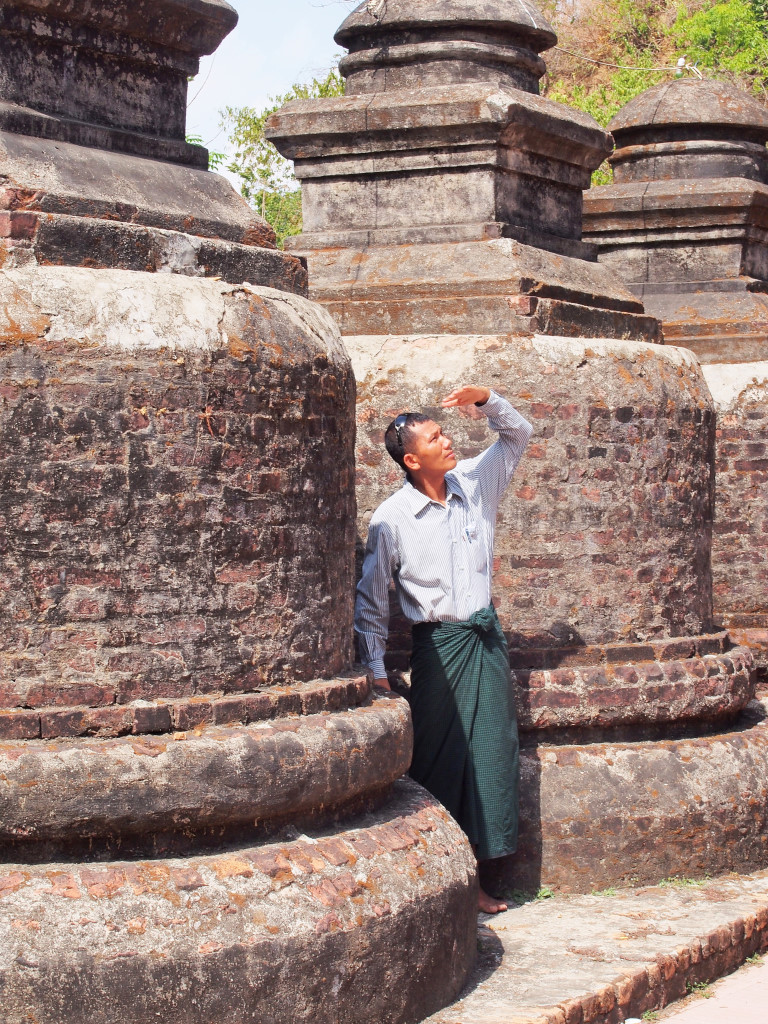
If there was any wealth in this town, it wouldn’t be obvious from the view of the flimsy thatch shacks, some single story, some two, with quaint verandahs on each level, hand-written signage advertising goods or services, a thick canopy of green screening the trees under the hazy sky. Brilliant flowers cascade profusely in the small yards, the occasional locals slowly and placidly navigating the blistering south Asian heat.
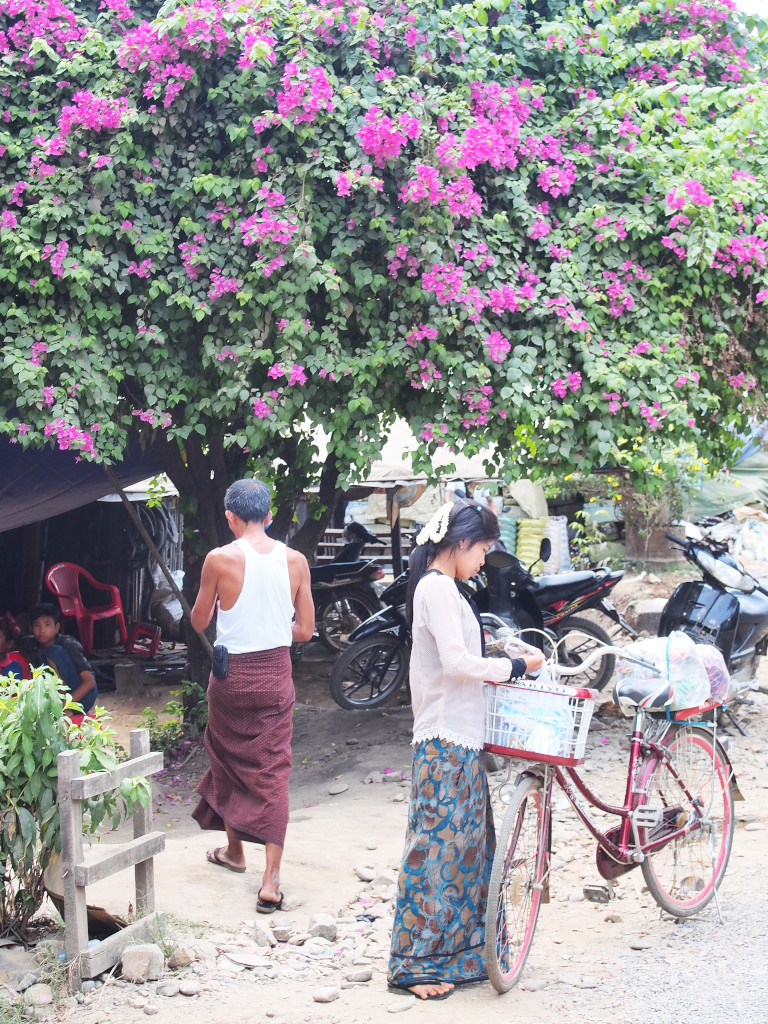
Surprisingly, one modest school features a sign I have seen in this country before, ‘Drugs Free School’, which would suggest that perhaps the experience of youth may not be as innocent and bucolic as it may appear in Myanmar.
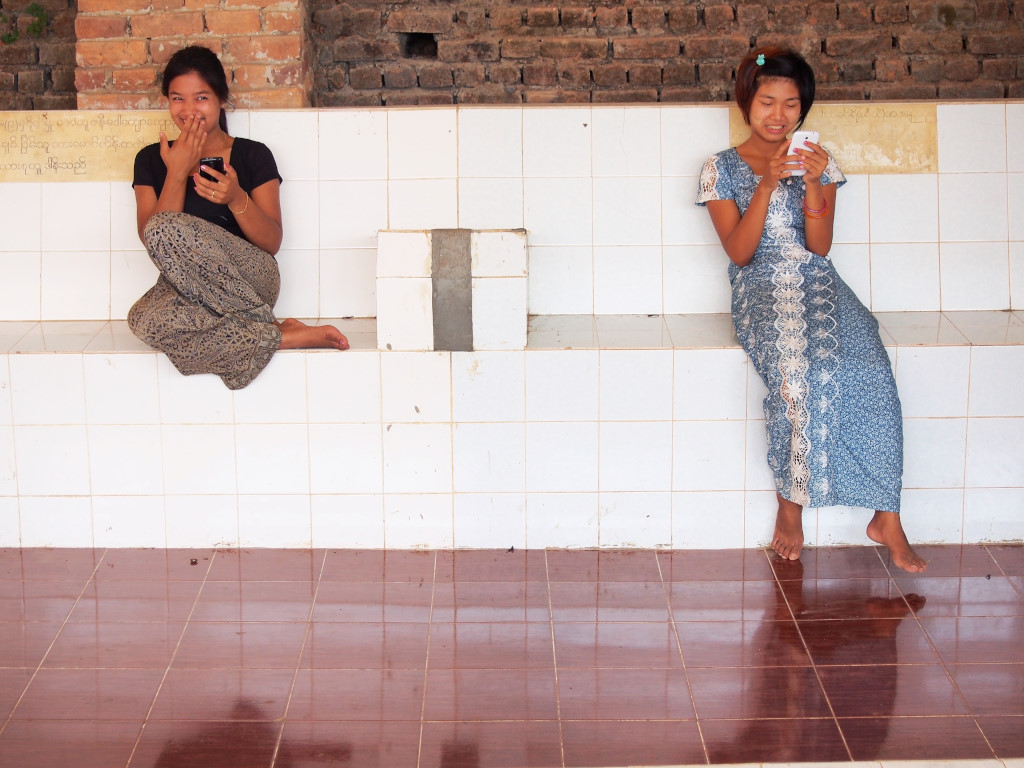
Men lie reclined on any available surface in an attempt to contend with the blistering early afternoon heat. Female ambulatory food vendors gather around their pots and platters, waiting by the roadside in silence.
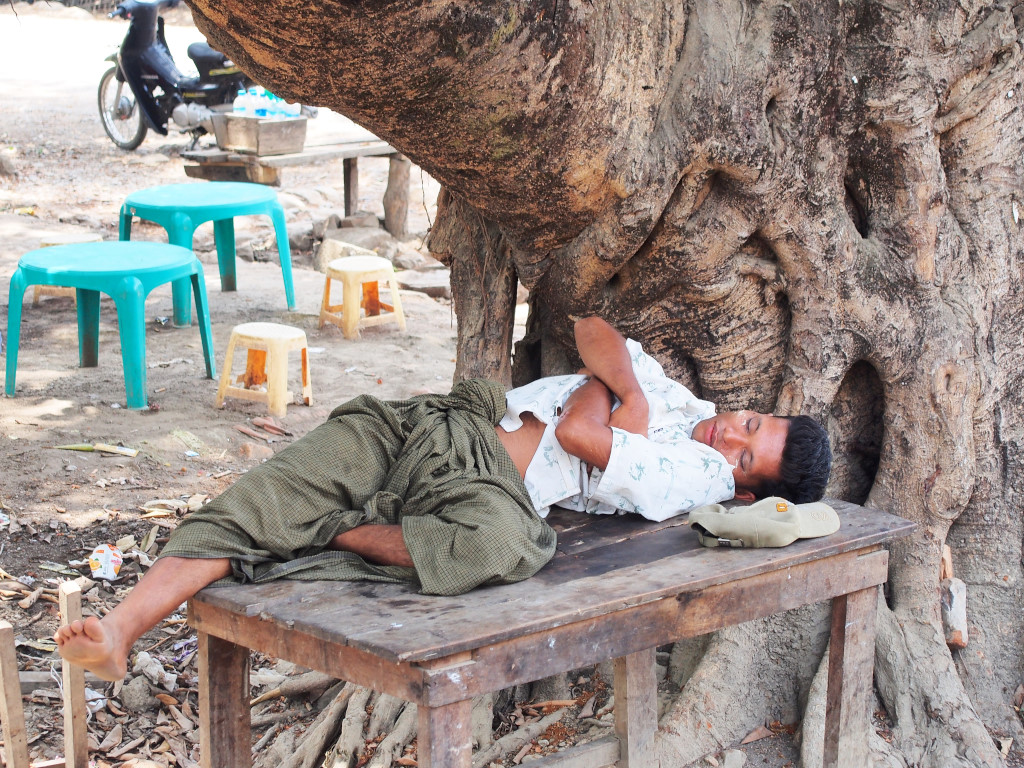
Modest institutional and commercial buildings moulder by the roadside, older bureaucrats forgotten by time attending to the dilapidated chairs and tables languishing in the dusty yards. A shocking departure in this town are the opposing Nawarat and Mrauk U luxury hotels, featuring impeccable rows of bungalows set against manicured gardens and token temple architecture.
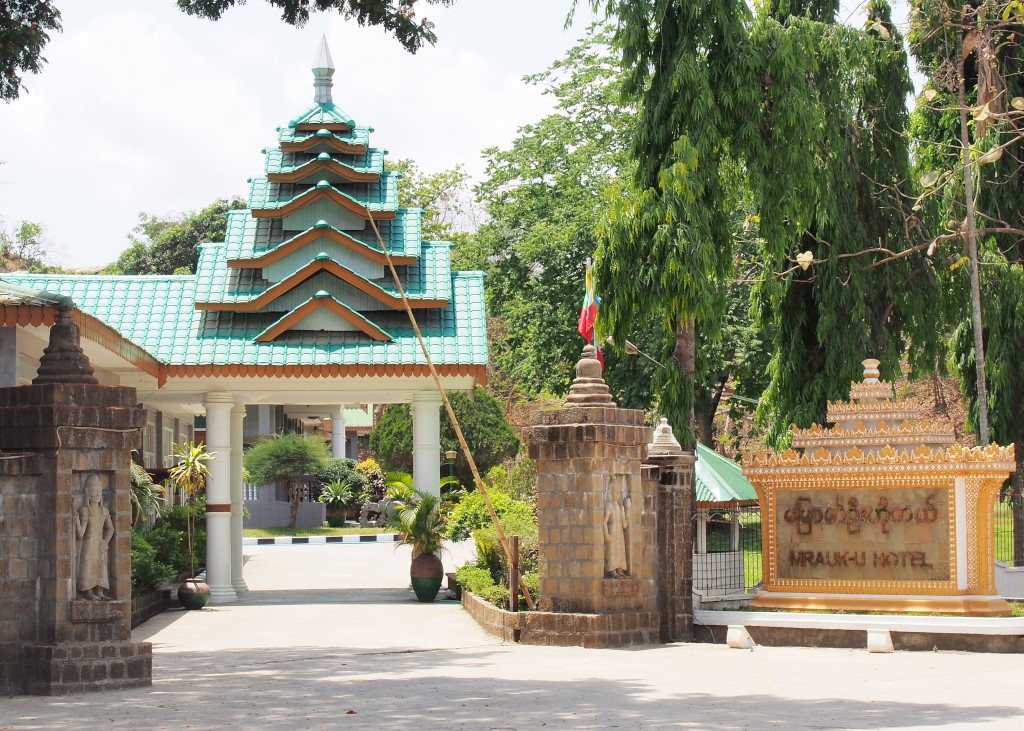
The bicycle rental place I had thought was located next to the Shwe Moe restaurant is in fact nowhere nearby, meaning that I am forced to traipse far further through the intense heat of the afternoon. Each of the bus agencies I pass by tells me that no tickets are available on the days I need to travel back to Yangon, and that tickets have been sold out many days in advance. This seems utterly ludicrous, given the amount of bus traffic I saw on the way to Ann.
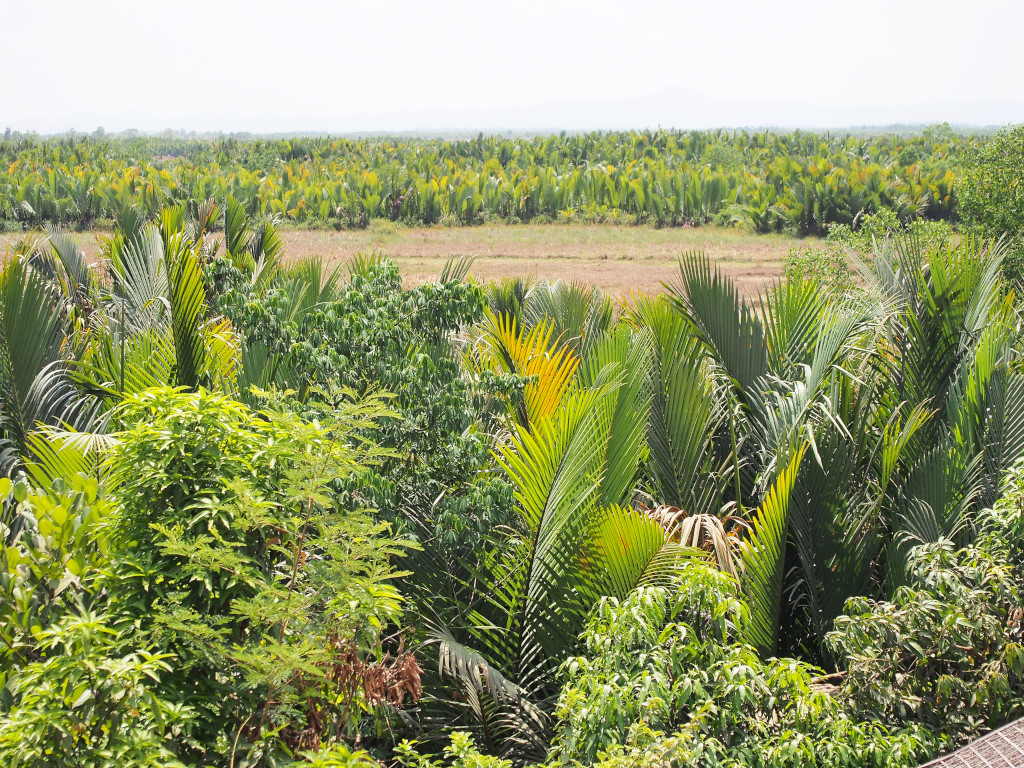
At least one place has rental bicycles, nothing special, and certainly no better than those offered by the Prince hotel, but at least it was worth the effort trying to look for a bicycle that may have been larger.
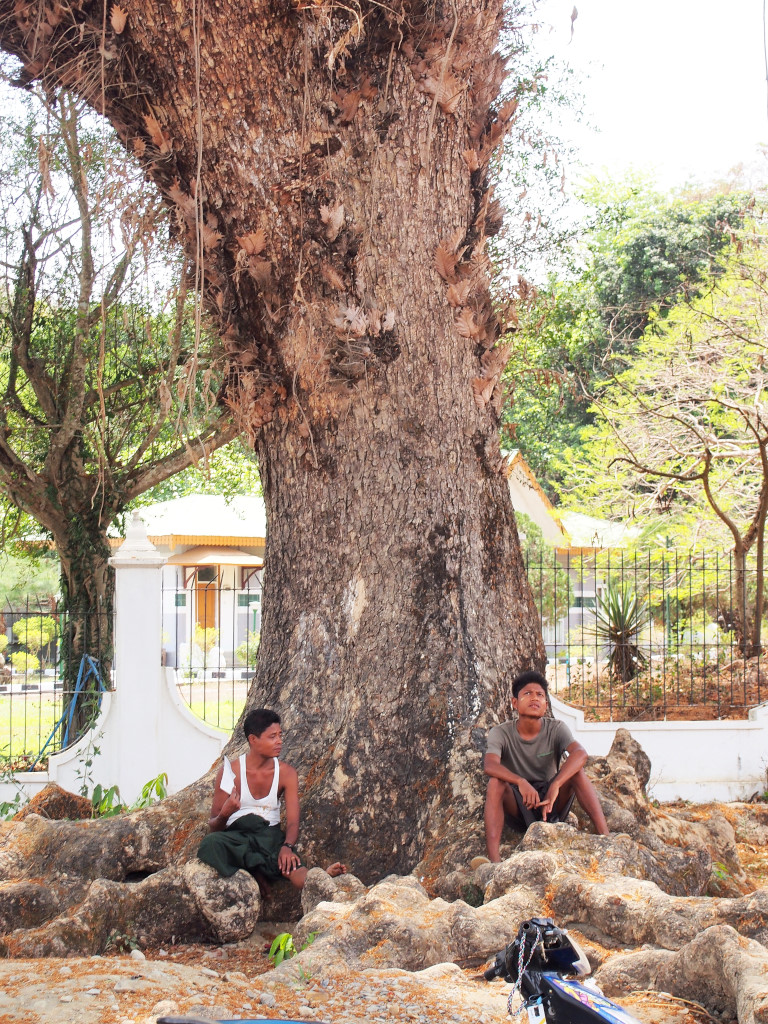
Further along the road, I reach an intersection to a pair of gold-crown ancient stupas. No visitor is in appearance other than some children playing in the recesses of the small stone pagodas and encircling trees, their adult counterparts happy to while away the afternoon sprawled on woven bamboo mats.
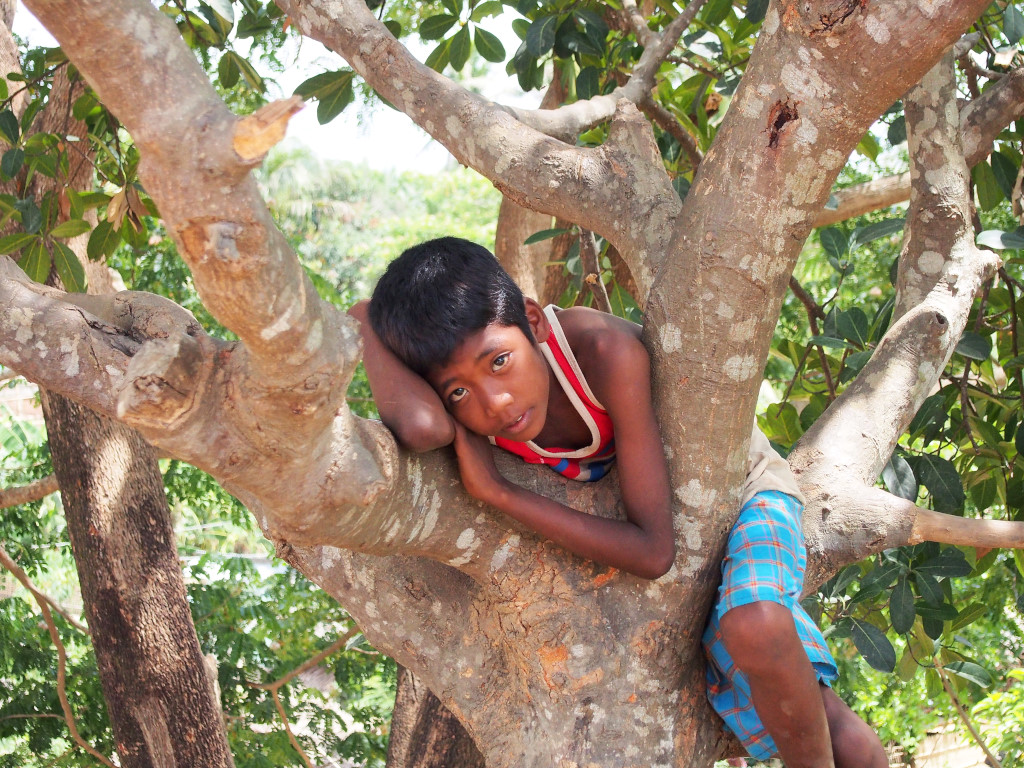
The principal temples in town are nowhere to be seen, although it is not at all clear from either the satellite or hand-drawn stylized map how to even reach those temples. It turns out that one group could be reached by means of the road branching off next to the Narawat hotel.
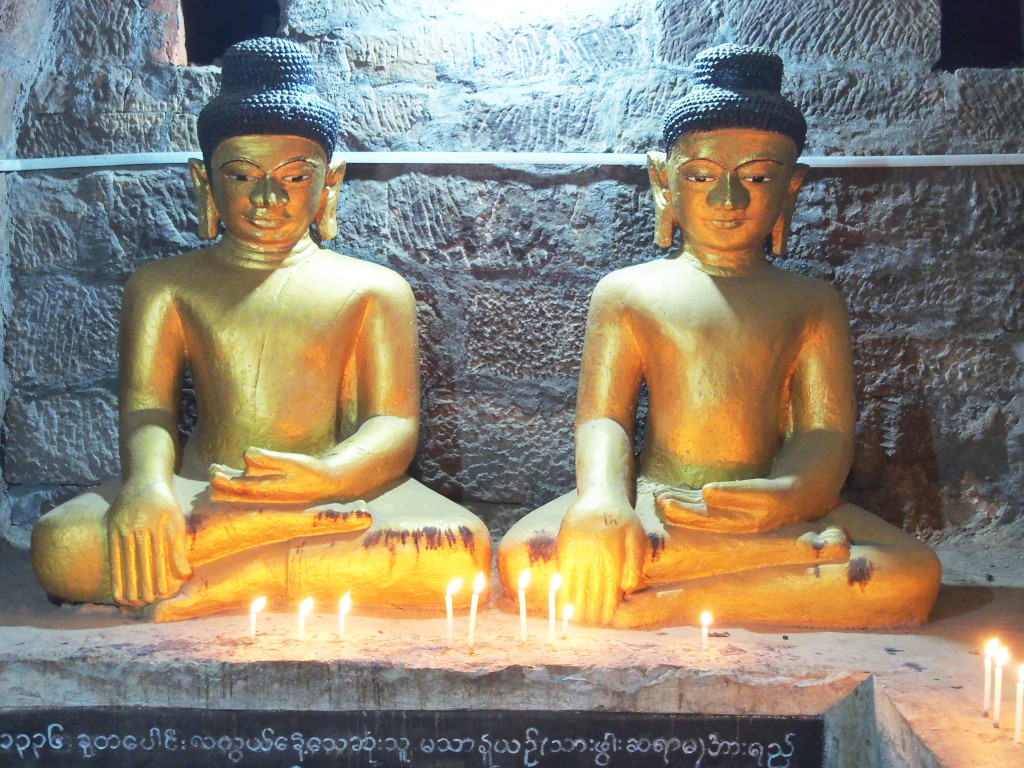
But first, I have to return the cell phone that miraculously ended up in my bicycle basket, which turns out to belong to the young man who insisted on having his photo taken with me at the crossroads earlier on. So much for asking foreigners to have their photo taken with you!
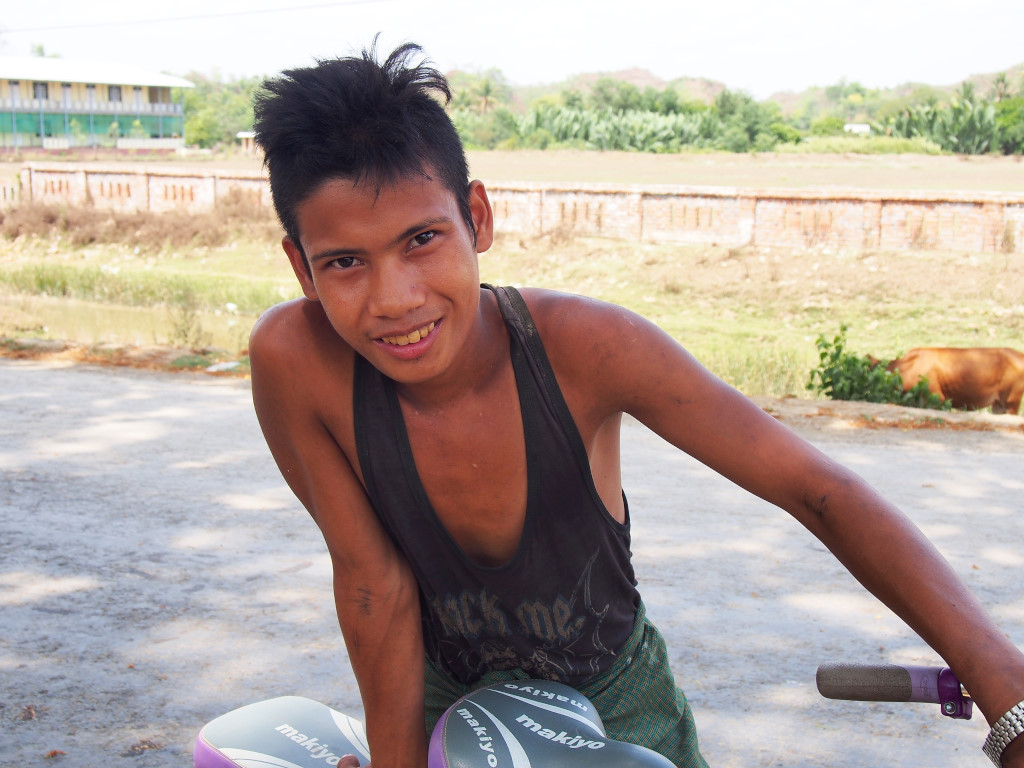
The following description of Mrauk U’s history is paraphrased from Wikipedia. “The town known as Mrauk U was the capital of the Mrauk U kingdom from 1430 to 1785 until it was conquered by the Burmese Konbaung Dynasty. The city reached a population of about 150,000 by the early seventeenth century.
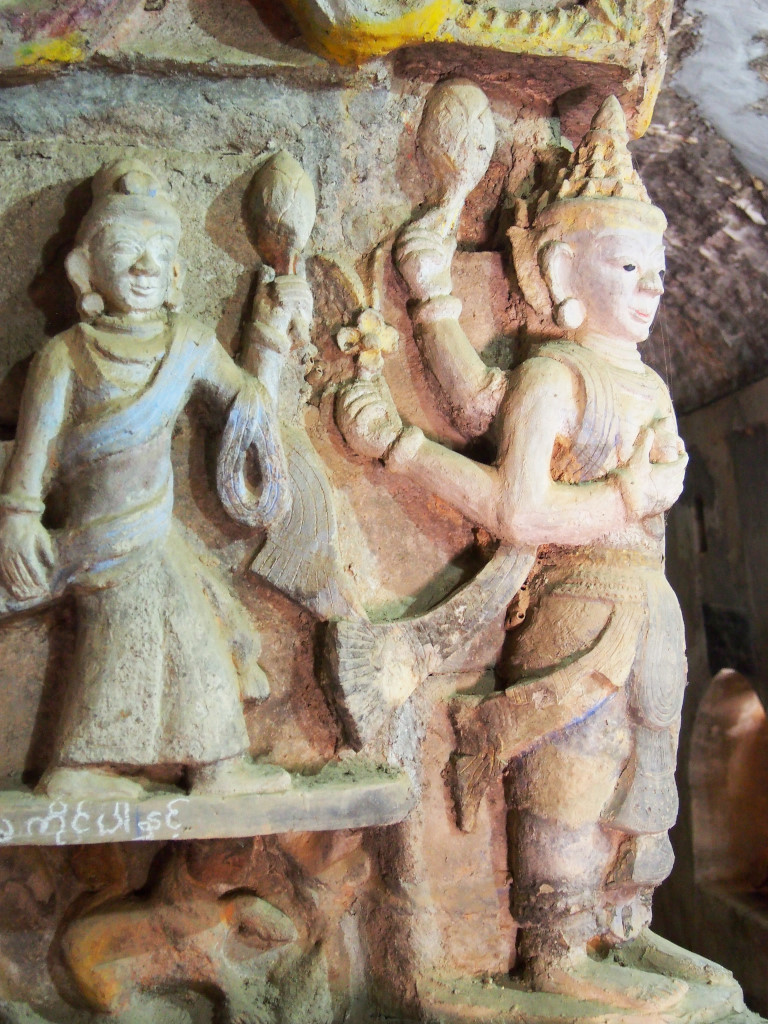
At its peak, Mrauk U was the centre of a kingdom reaching from the shores of the Ganges to the Irrawaddy River. Some half of modern-day Bangladesh was apparently ruled by Mrauk U, including Dhaka and Chittagong.
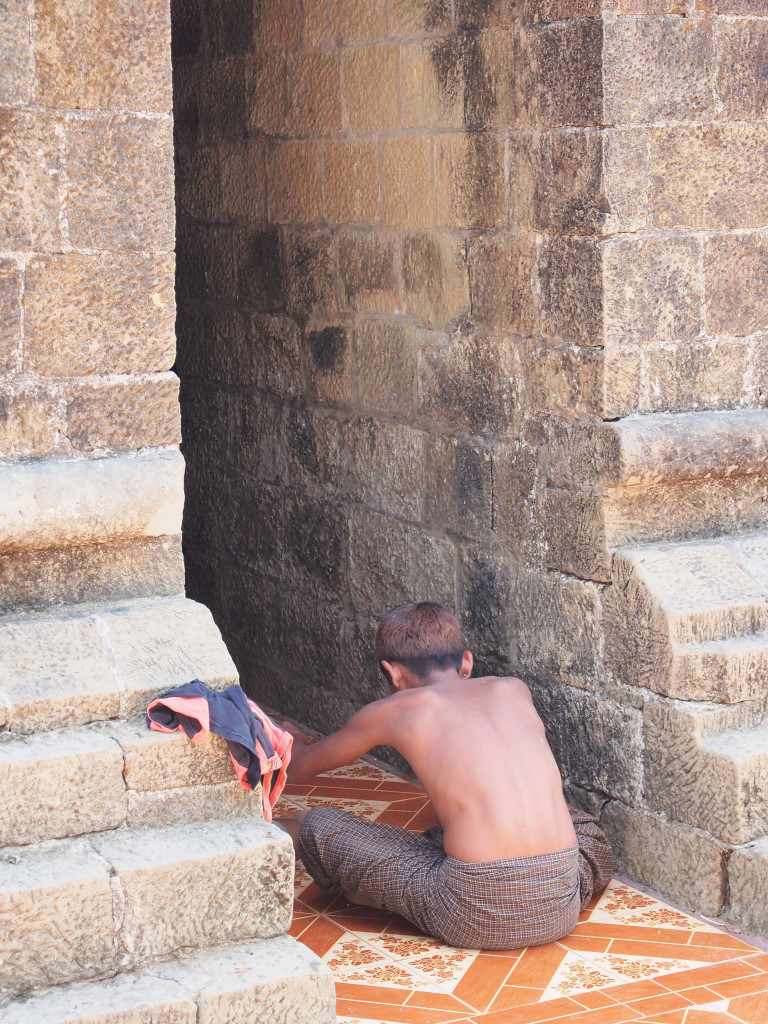
Mrauk U was an important regional trade hub at the time, bridging the Burmese hinterland with the Bay of Bengal. It became a transit point for goods such as rice, ivory, elephants, tree sap and deer hide from Ava in Myanmar, and of cotton, slaves, horses, cowrie, spices and textiles from Bengal, India, Persia and Arabia.
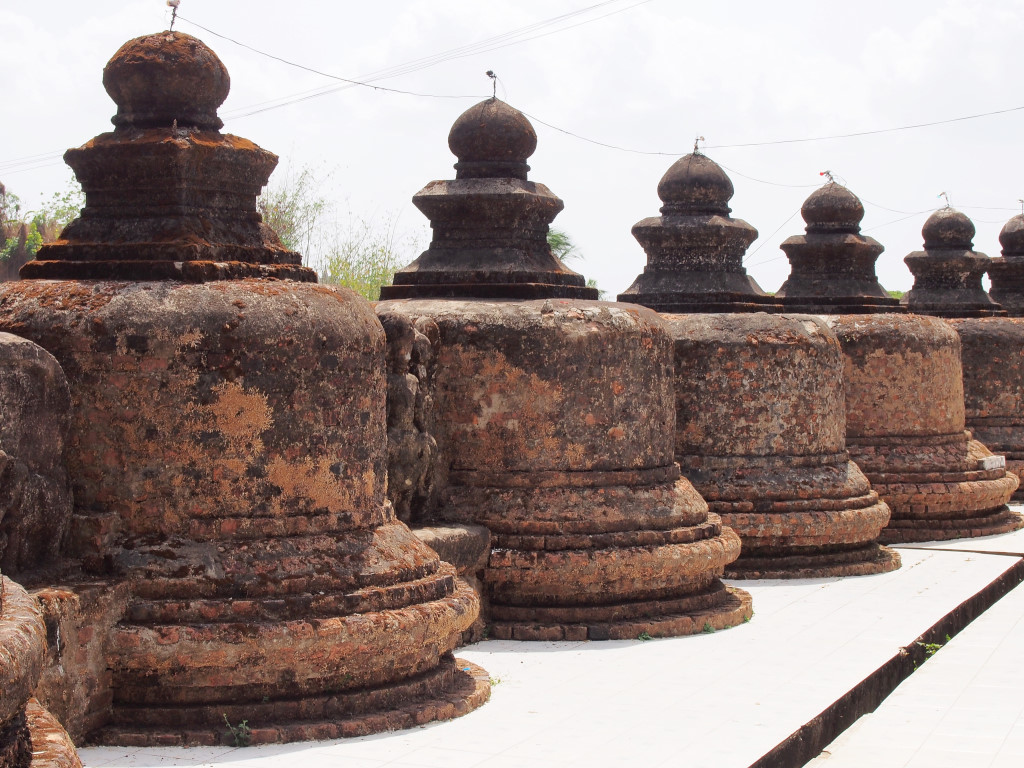
Alongside Pegu and later Syriam, it was one of the most important ports in Myanmar up until the eighteenth century. The city also traded with the Portuguese, followed by the Dutch East India Company when Portuguese mercenaries proved to be too problematic.”
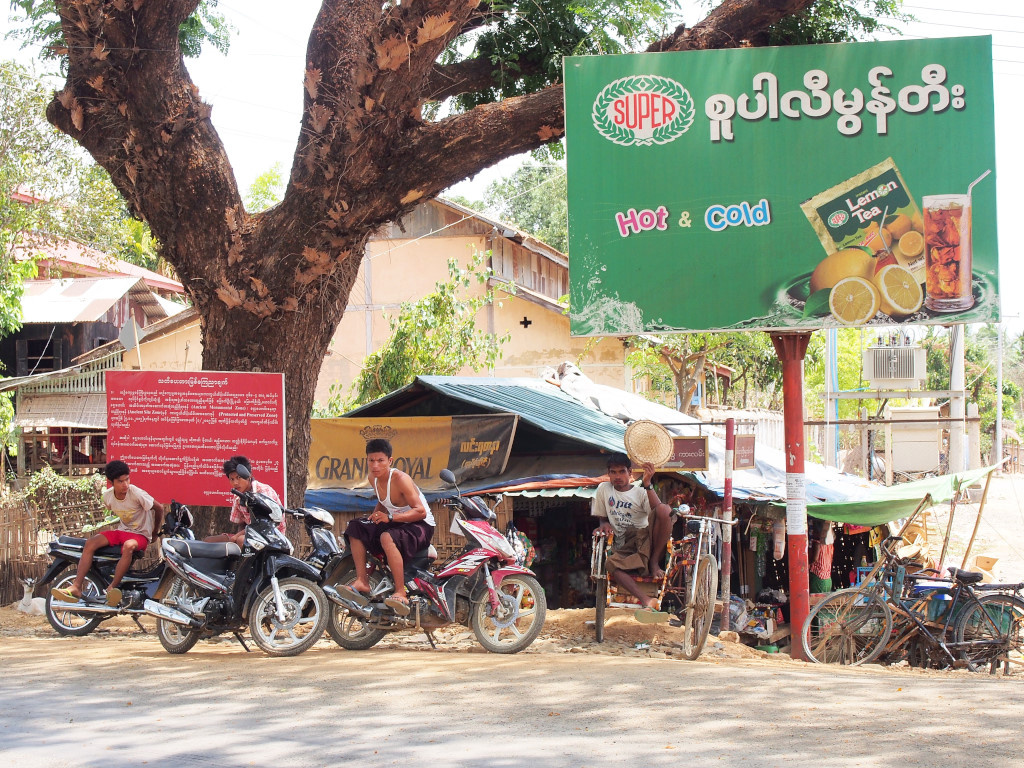
A giant bodhi tree (or what would appear to be an ancient ficus of some sort) marks the entrance to the temple complex. A couple of outdoor cafes with bright plastic chairs and tables sprawling in the shade underneath the tree beckon to visitors, not that the fare offered is anything but the most rudimentary. But there are cold beverages, and the traditional Burmese salads are never anything to complain about.
The most impressive of the great temples is immediate to the right, the bulk of Shittaung Paya masked by the row of heavy inverted bells guarding the perimeter, rising up over ponderous stone terraces beyond view. One after the other, weatherworn, sullen, and identical, bereft of any adornment, the impression the structure leaves is a far cry from the graceful elegance of modern Buddhist temples. The grim, intimidating nature of the old temples at Mrauk U runs in stark contrast to the brilliant celebratory quality of contemporary Buddhist temples.
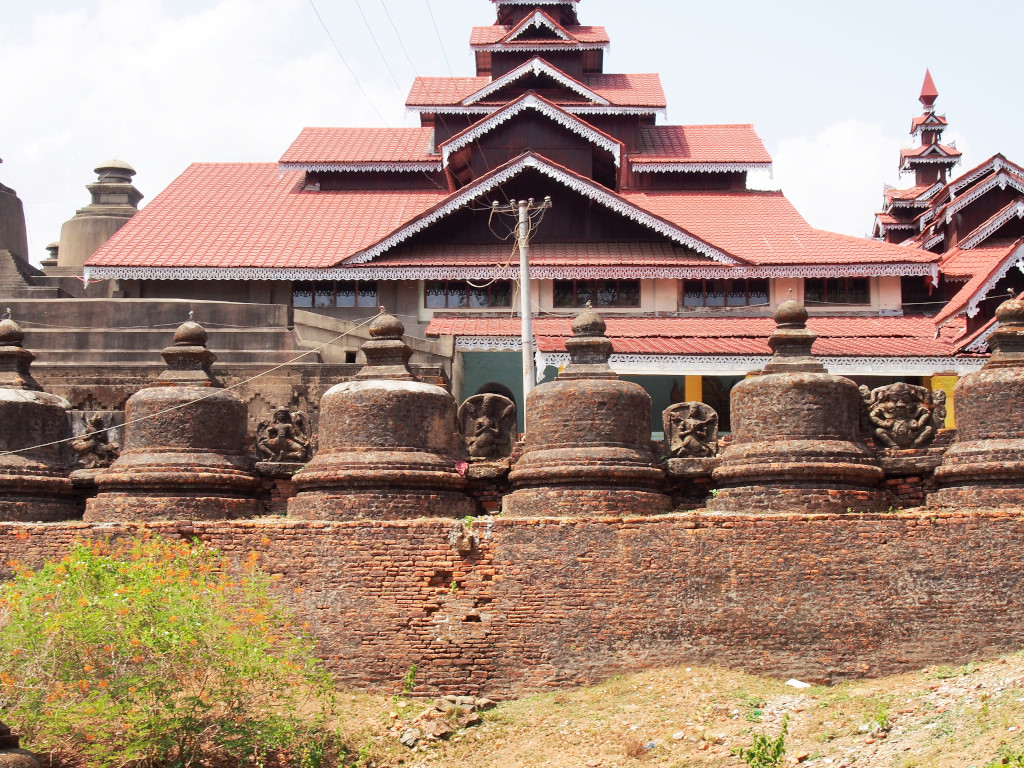
Whatever embellishment is found in Buddhist structures, irrespective of provenance or era, the composition always falls within strict design parameters. The ancient temple I visit is abutted by modern additions, the extended grounds of the latter nonetheless modest in relation to the squat stone monstrosity, its defiant earth tones scowling over the visitors filing in.
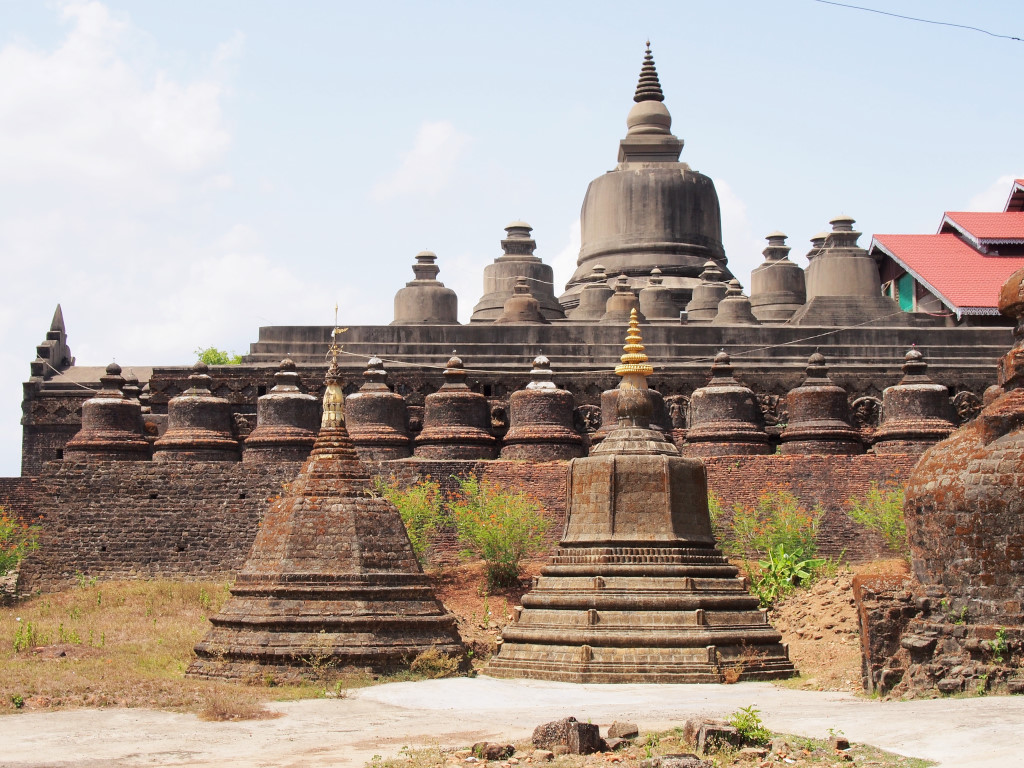
A narrow passage traverses this bridge, and brings the visitor into a spacious but non-descript foyer, which is used as a point of departure into the solemn labyrinthine passages that comprise the typical ancient temple at Mrauk U.
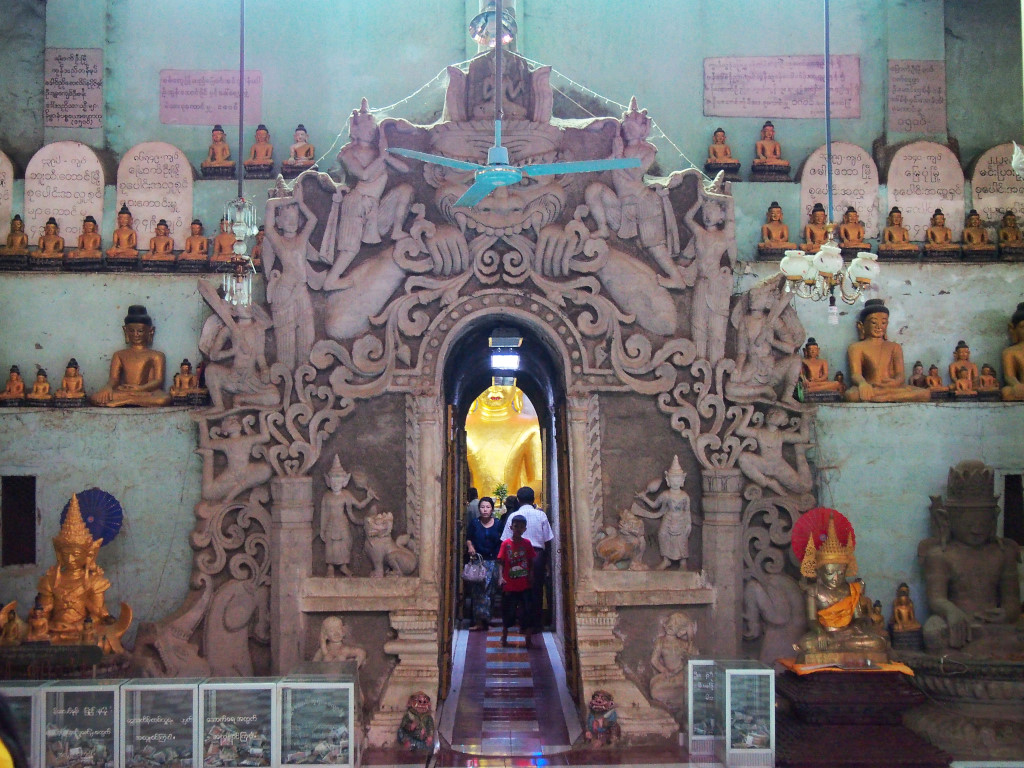
An inner passage weaves towards a Buddha image at the centre of this gargantuan stone structure, while an outer passage wraps around the periphery, with small slats on the outside wall allowing light to filter in from the exterior world. Outside, the rows of inverted and identical stone stupas interrupt the stark sight lines of the structure, another feature of the old temples at Mrauk U. In addition, an ancient 10′ sandstone obelisk inscribed in Sanskrit graces the premises, the east-facing side of the obelisk likely dating from the end of the 5th century.
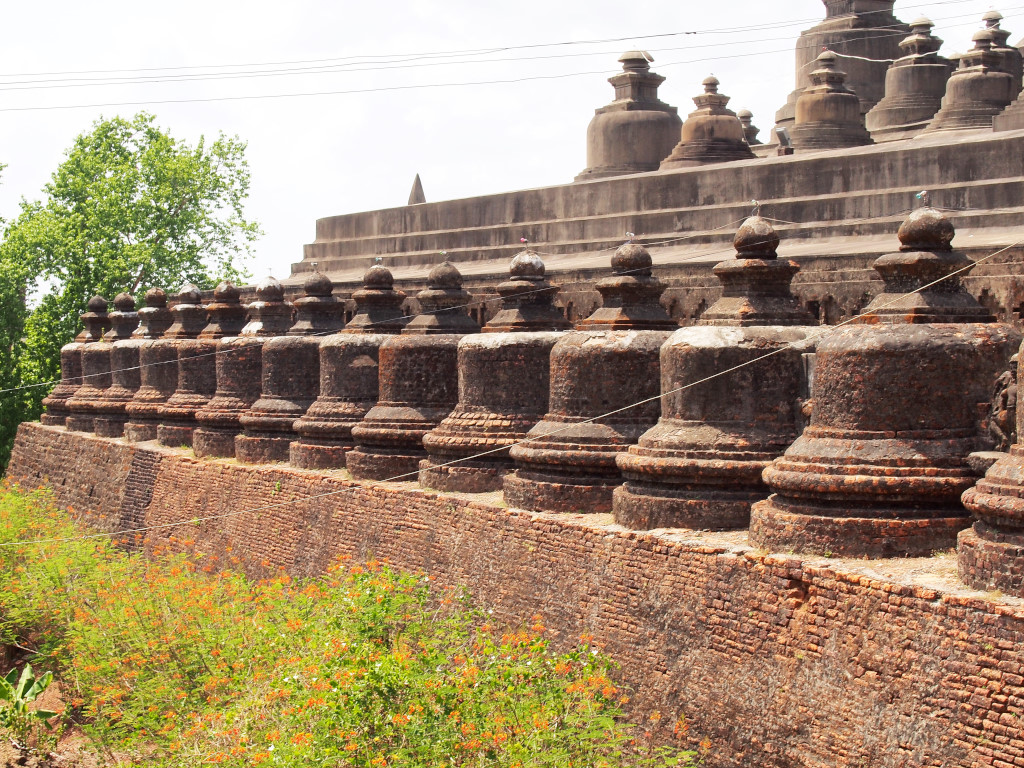
Inside the hall abutting the entrances to the passages in the original temple, locals gather in groups, gawking at the unusual sight of an exotic foreigner in their midst. This was a common experience in my initial visit to Myanmar 20 years when the country had only received small amounts of tourism, while in the major tourist centres foreigners are now a common presence.
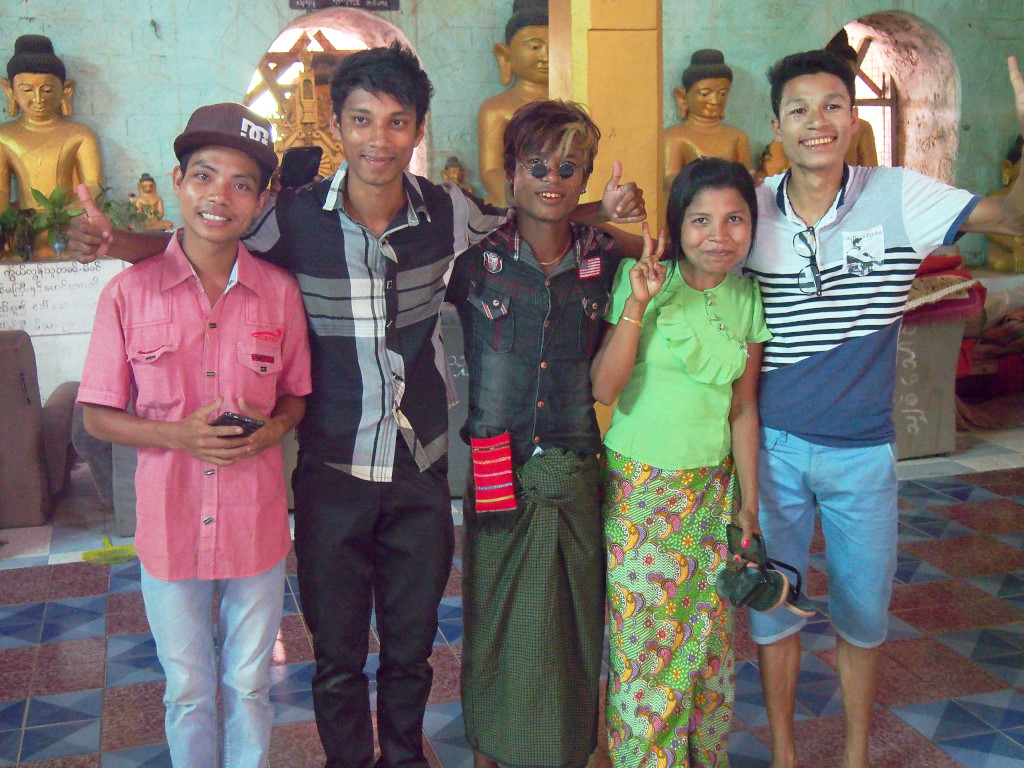
Not so in remote and conflicted Rakhine state, although there is a handful of foreigners milling around the temples at the moment. It would seem curious as to where all the foreigners filling up the more luxurious hotels could be, although most likely these visitors come with groups, hence their visits are highly structured, and their stay short-lived.
Despite the hallowed historic aspect of Mrauk U, the sentiment in the vicinity of the temple clusters is relaxed if anything, most visitors local, their slow passage burdened by the blistering heat. Some opt to sleep off the afternoon, a wise choice in this oppressive tropical weather. Others wait patiently by the side of the path with their modest wares, waiting to sell their humble souvenirs or snacks.
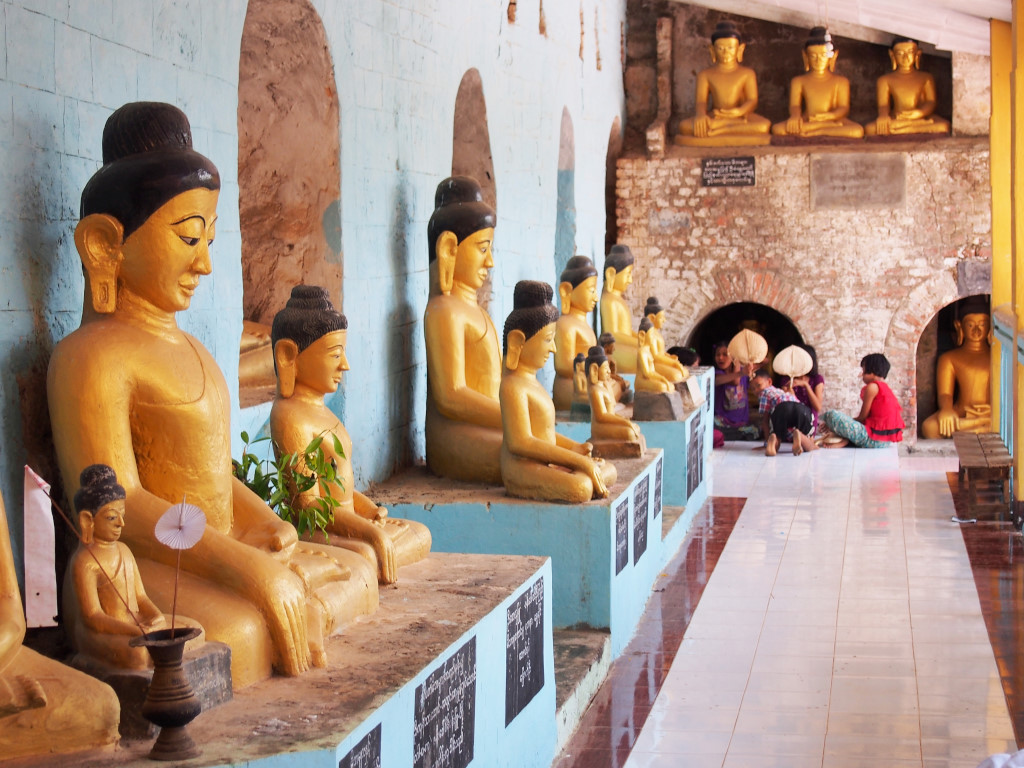
Monks young and old abound, these ancient temples still venerated in the present day. The innate boisterousness of Burmese boys transforms itself into a relative placidity in the novices. In any case, the idea of reprimanding or visibly disciplining youth in this culture is a remote and unwelcome concept.
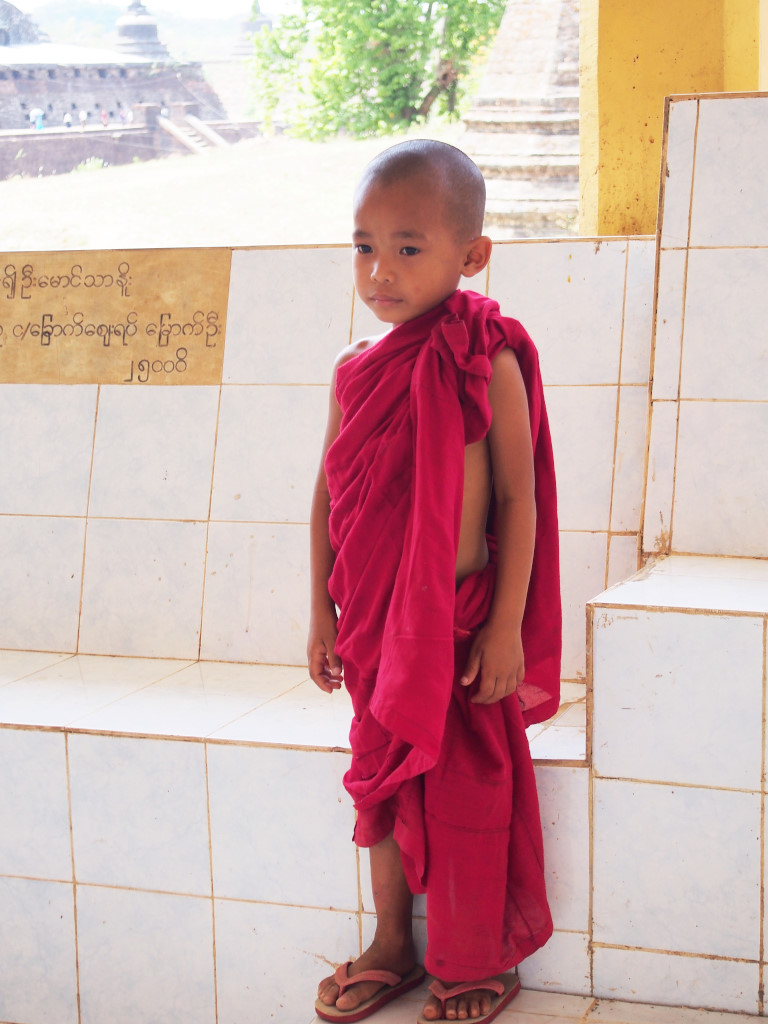
Incongruously, a group of feral boys runs wild inside the ancient passages.
Row upon row of carvings protrudes from the walls, depicting mythical scenes, scenes of Arakan court culture, animals, and Buddhist imagery, or more specifically, the usual rows of identical Buddha images, many gilt, of varying dimensions.
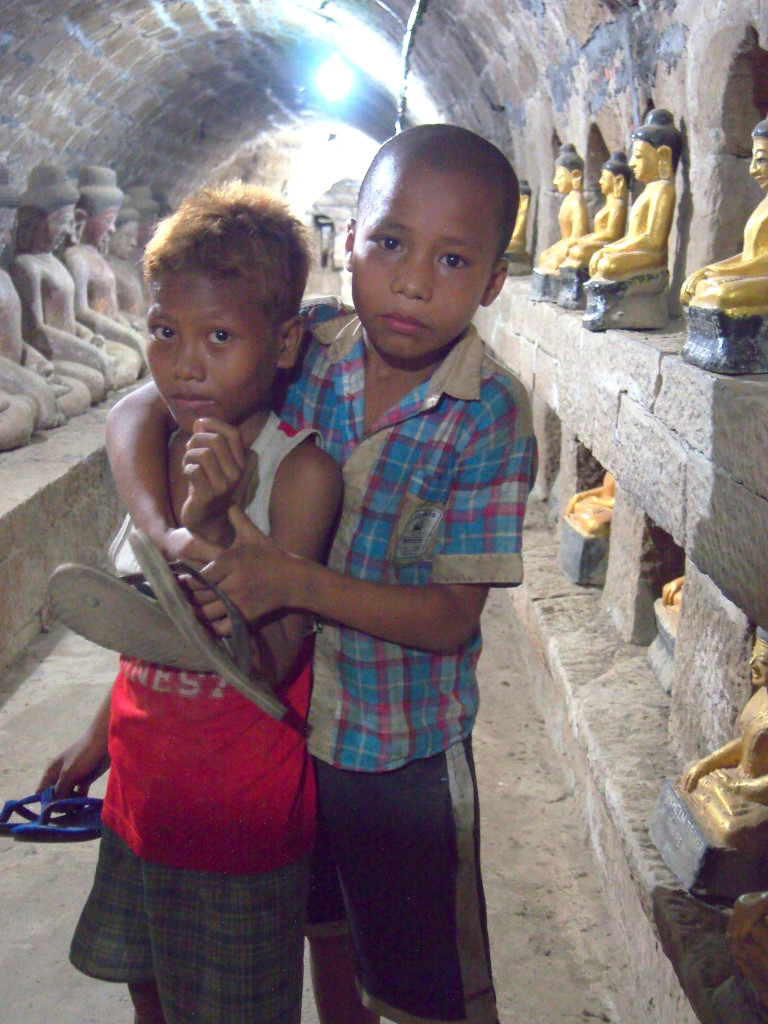
The boys’ noisy and chaotic behavior seems completely inappropriate for such a hallowed place – or is it? Should religious temples be relegated to a very limited, ascetic experience, or embraced by the community in a broader manner?
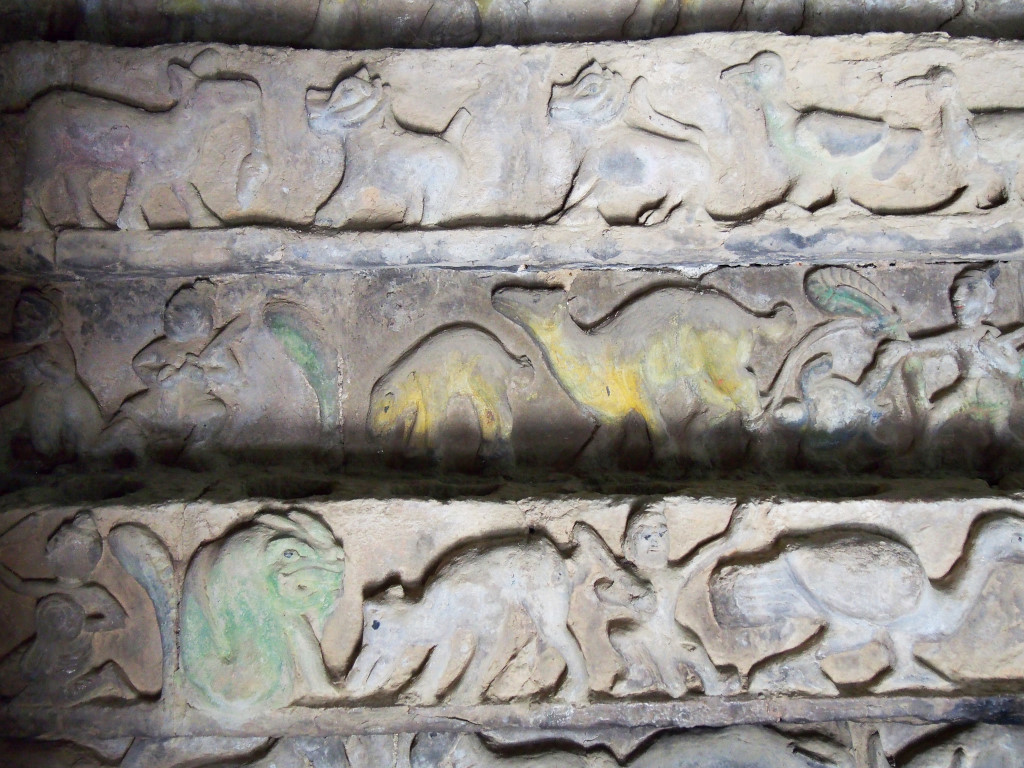
I am nonetheless happy when someone finally tells them to use a different venue as playground, as the echoes of their shrieking hardly create the introspective ambience that would seem appropriate to enjoy this apparently sacred space.
The condition of the sculpture in the Shittaung Paya is heavily worn, with only traces of paint visible. The electric lighting in the passages is faint, amended by traces of daylight filtering through the narrow openings facing the outside world. The intense heat and humidity in this tropical entrepot probably doesn’t do wonders for the quality of the stone work.
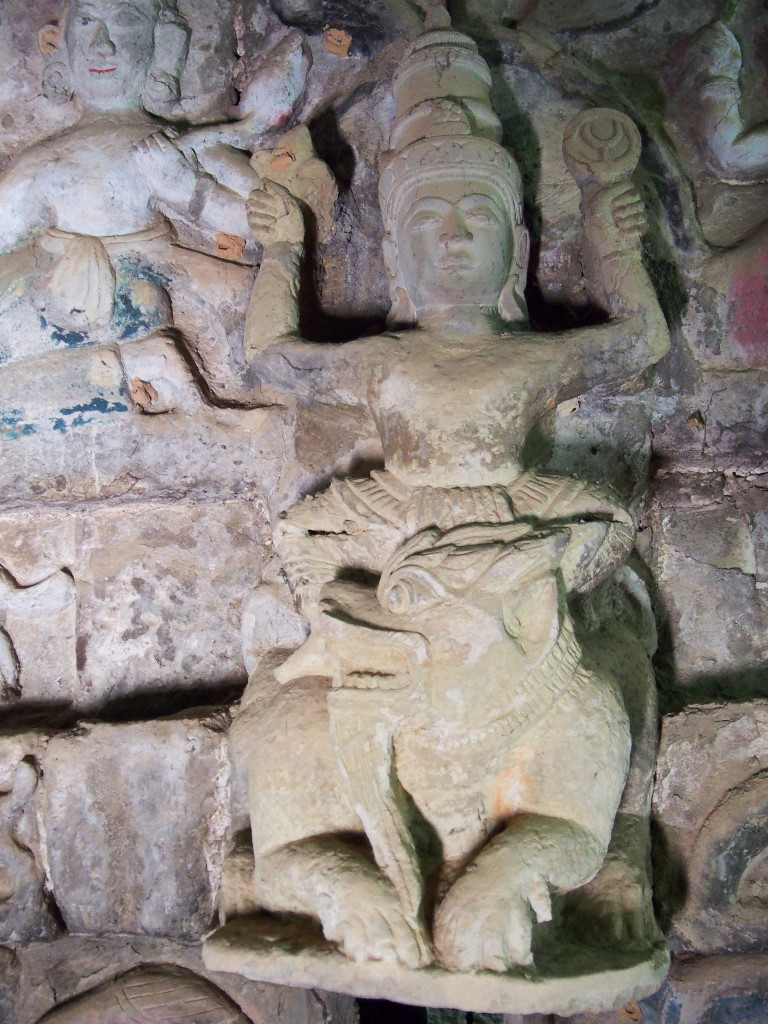
The images are largely stylized, although the eroded quality does not make it any easier to ascertain the exact nature of the representations, a far cry from the level of integrity and restoration visible at the likes of Angkor Wat. The net effect is nonetheless quite fantastic and otherwordly, never mind the fact that in a world that has been overexploited by tourism, Mrauk U still lives very much off the beaten path, due its remoteness and proximity to perennial conflict.
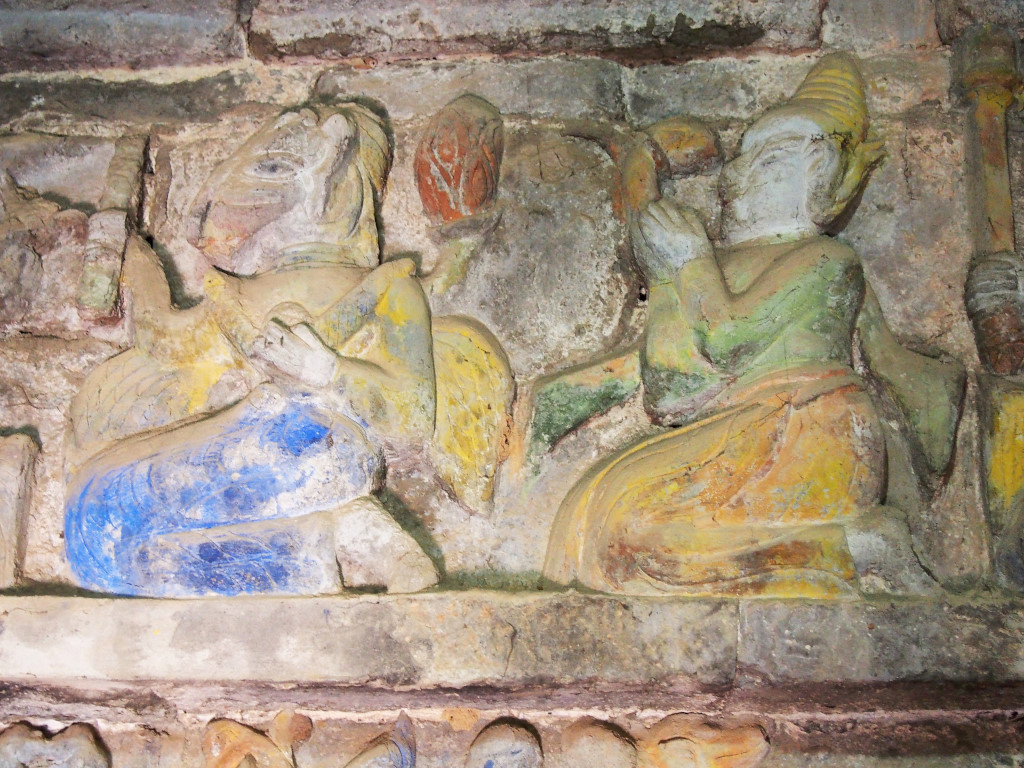
Across the barren plain, the Htuk Kant Thein Paya beckons, featuring spiraling interior passageways in the vast, tomblike setting, with tiny windows, reminiscent of some gargantuan Civil War ironclad in sandstone. The temple dates from 1571, each side measuring 32 metres in length. Stairways join the successive massive terraces that mark the shallow ziggurat-like structure.
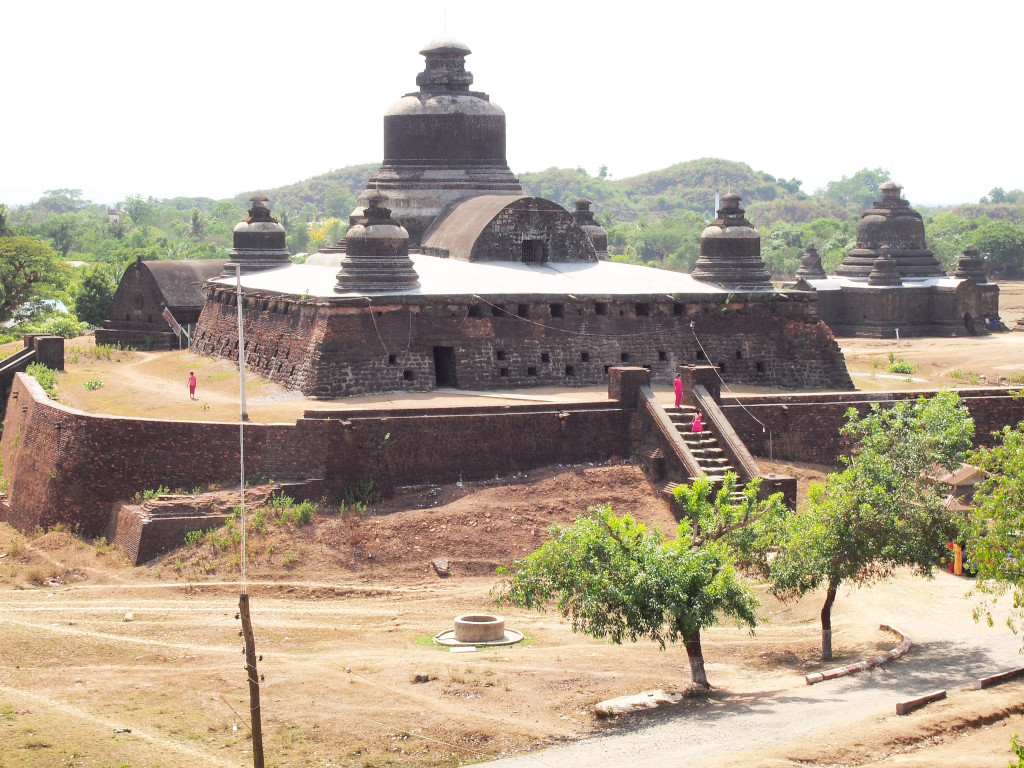
Crowning the massive structure are inverted stupas, as well as a huge stupa at the centre of the structure, leaving the viewer with at least some semblance of nuance. The internal passages are sometimes narrow and claustrophobic, then wide and spacious, at times rectilinear, andotherwise curvaceous.
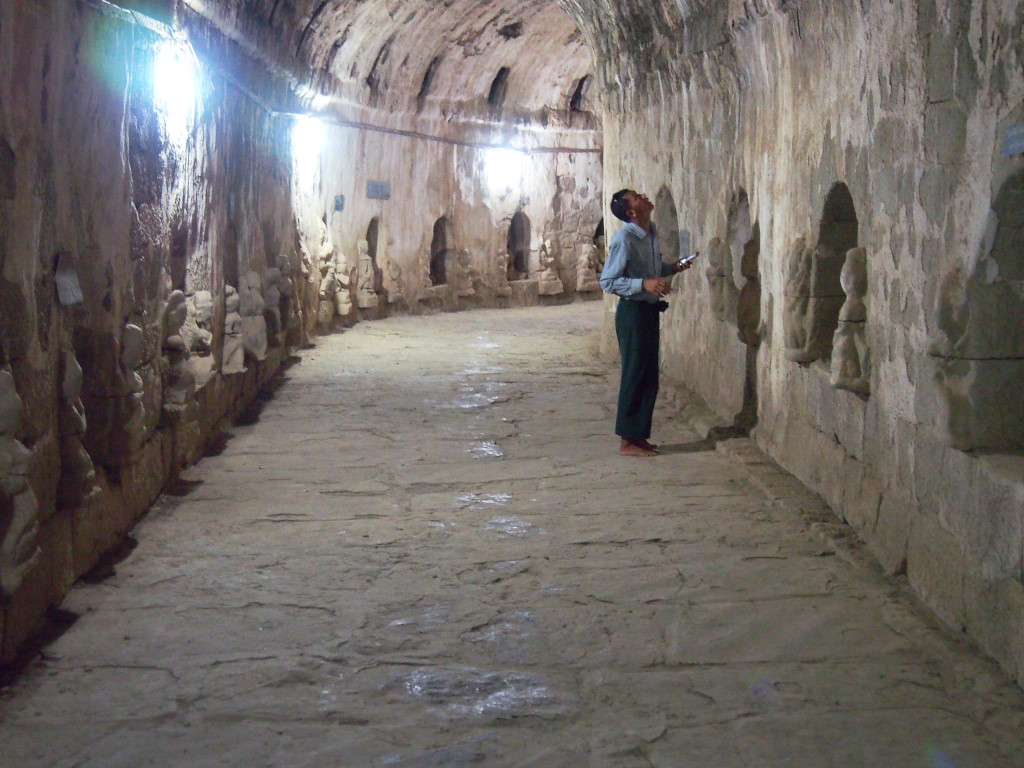
Beyond the obligatory gilt and stone Buddha figures, Htuk Kant Thein Paya lacks the sculptural embellishments of its brethren temple across the field, and yet is also rich in its own ambience and sense of mystery.
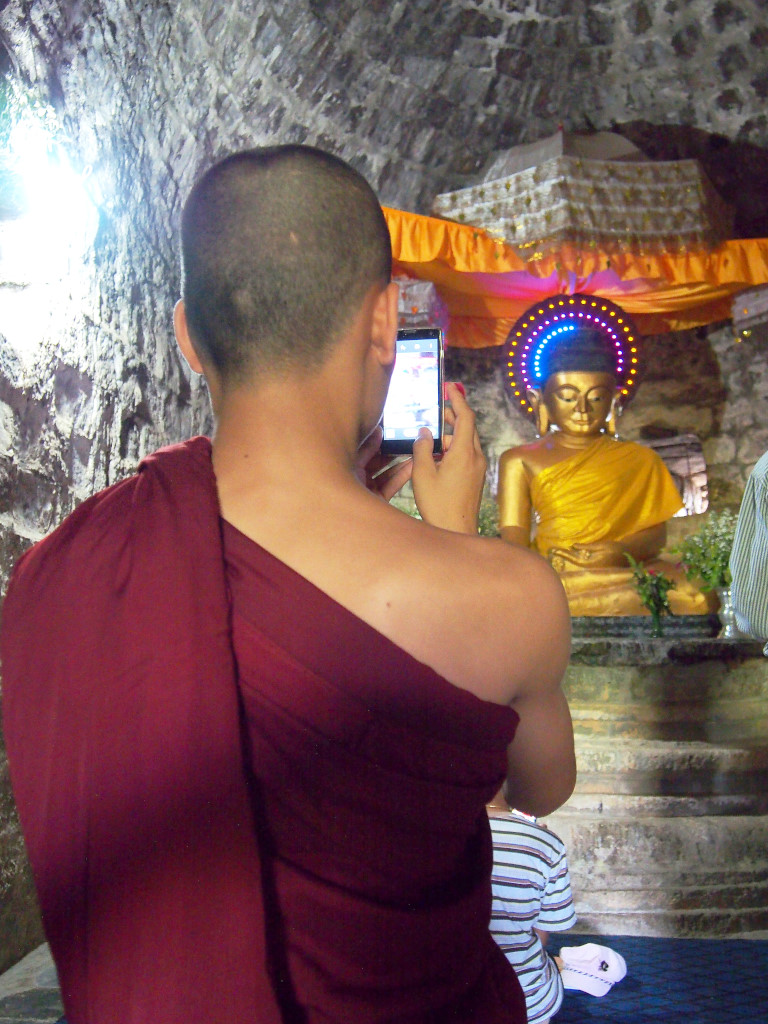
The Buddha statues occupy uniformly-spaced alcoves. It would be worth noting that the statues that appear to be Buddha may also be bodhisattvas, but I am not informed enough, although it may be worthwhile following around some of the very occasional tour groups.
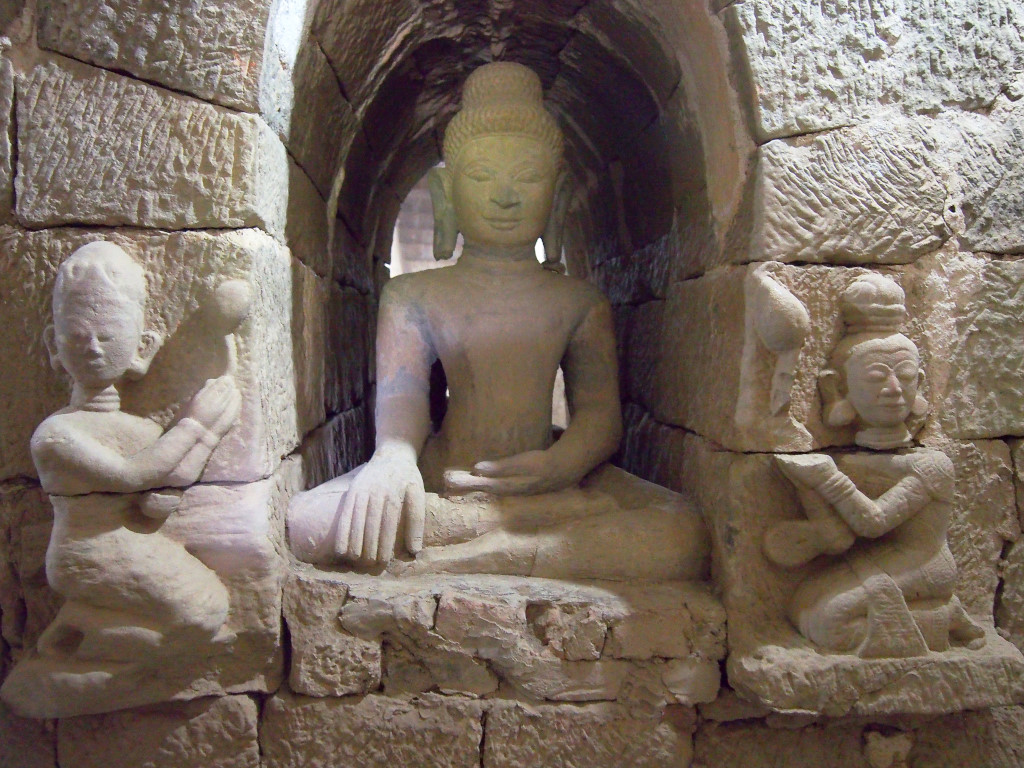
The Buddha statues assume almost all identical mudra or hand gestures, the left hand resting on the lap, palm facing upward, the right hand extending forward and pointing towards the earth in the bhumisparsha position. This gesture is also called “touching the earth” mudra or “calling the earth to witness” mudra.
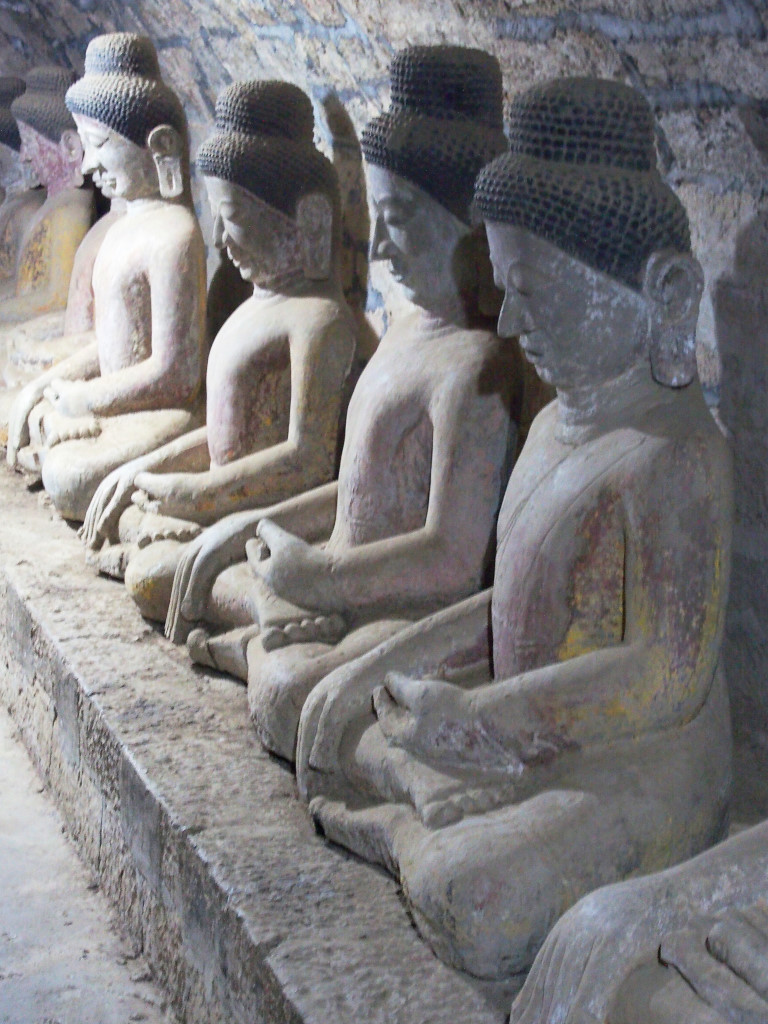
Behind Shittaung Paya lies Andaw Thein Paya, allegedly containing a tooth relic of Buddha, and built as ordination hall in 1515. As is the case with Catholic churches, the importance of a Buddhist religious site is measured by the value of the relics housed therein.
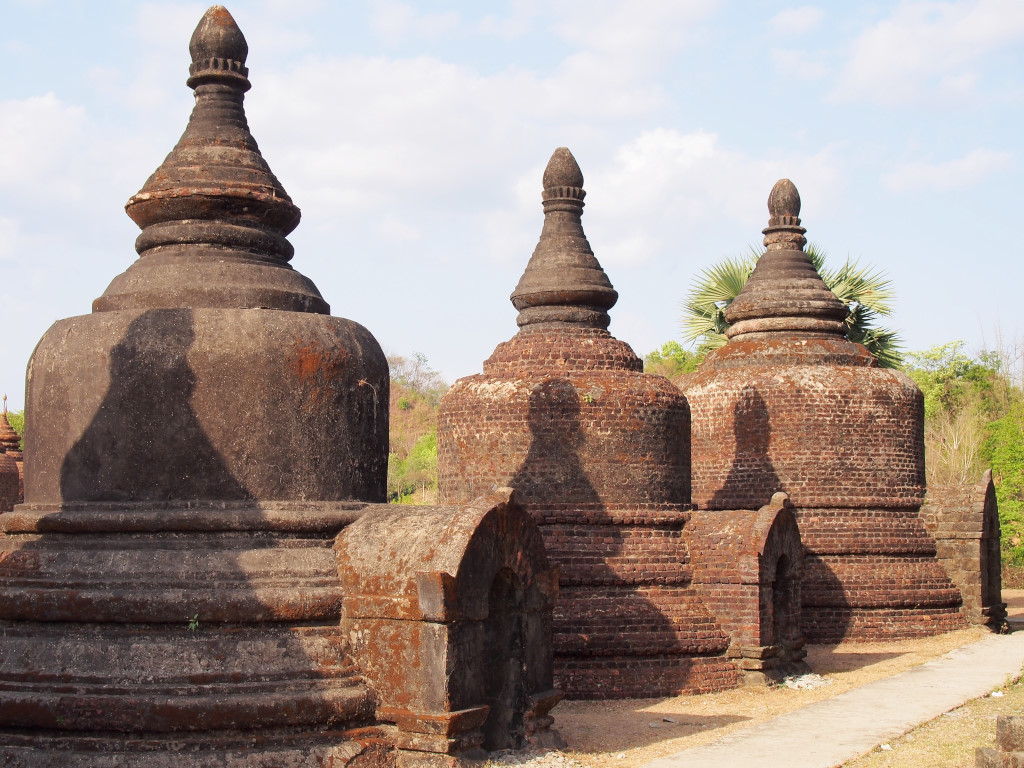
The overall structure is far more modest, and yet surrounded by an impressive ring of larger stupas, giving a far more engaging impression of the Andaw Thein Paya than its more ostentatious neighbors.
The broad dirt field that separates the large temple structures in this compound recedes into the dry bush on the periphery. Monks appear and retreat in the distance, occasionally shielded from the blistering sun with umbrellas.
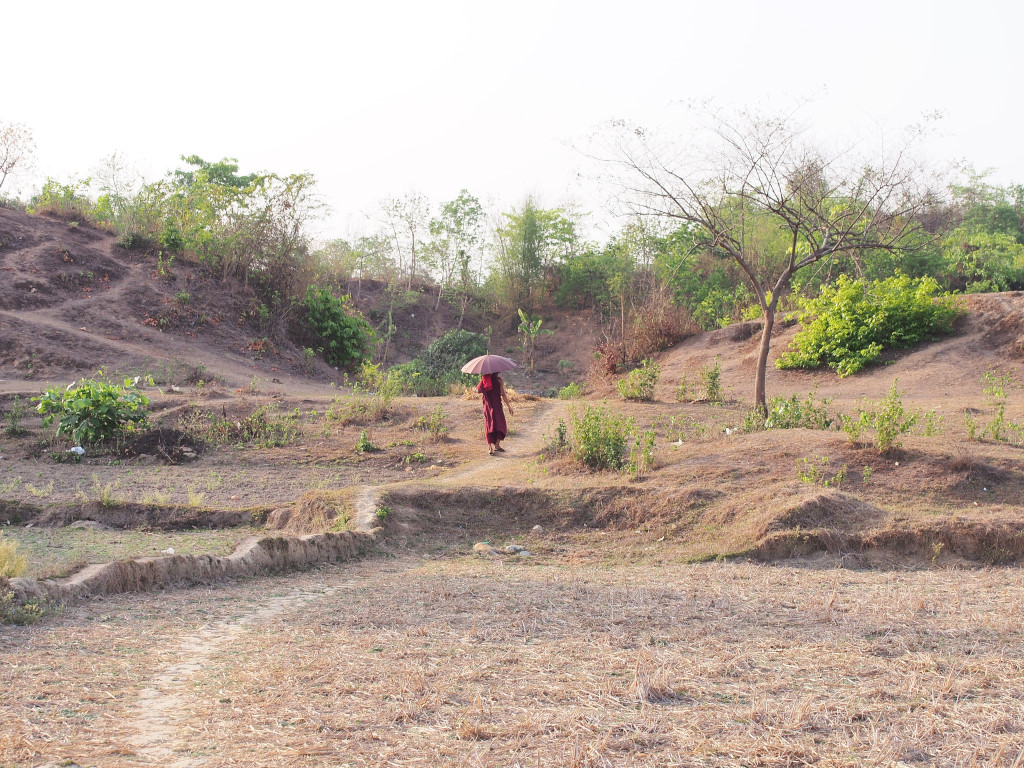
The visit includes viewings of the lesser structures at the site, including Ratana Pon Zedi, which constitutes a single soaring stupa in a solid sandstone structure (nothing like an opportunity for alliteration), with minor interior passages featuring more worn Buddha statues in alcoves.
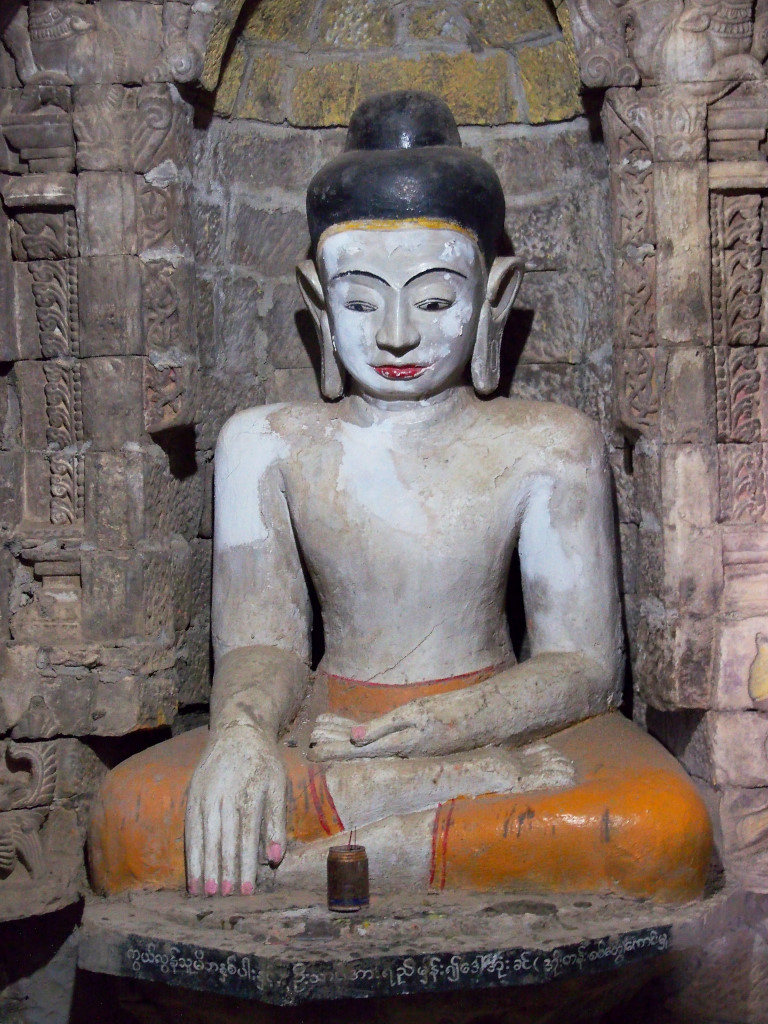
Its name apparently means “pile of treasures”, which may refer to material or spiritual treasures, although there certainly is not much in the line of former in view.
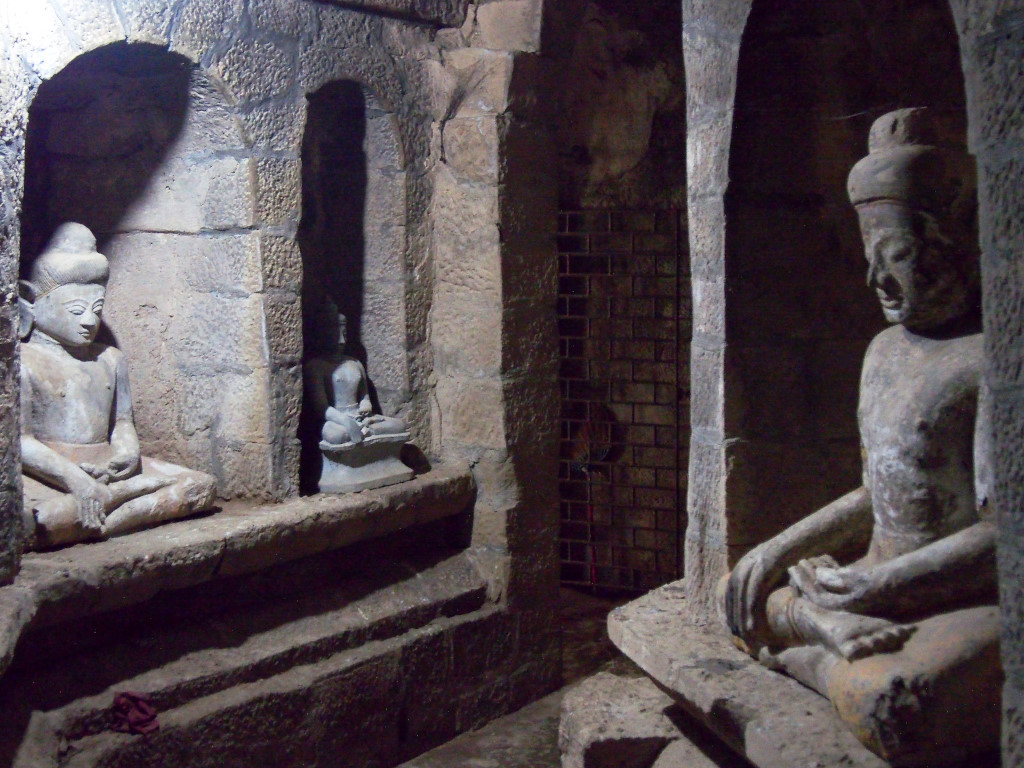
While some structures in Mrauk U show Indian influence, Ratana-Pon reflects a purely Arakanese design, without decorative elements or ornamentation. Built in concentric tiers, it culminates in a spire, and is surrounded by 17 smaller stupas. It is guarded by four sandstone chinthes, mythological animals that look like lions.
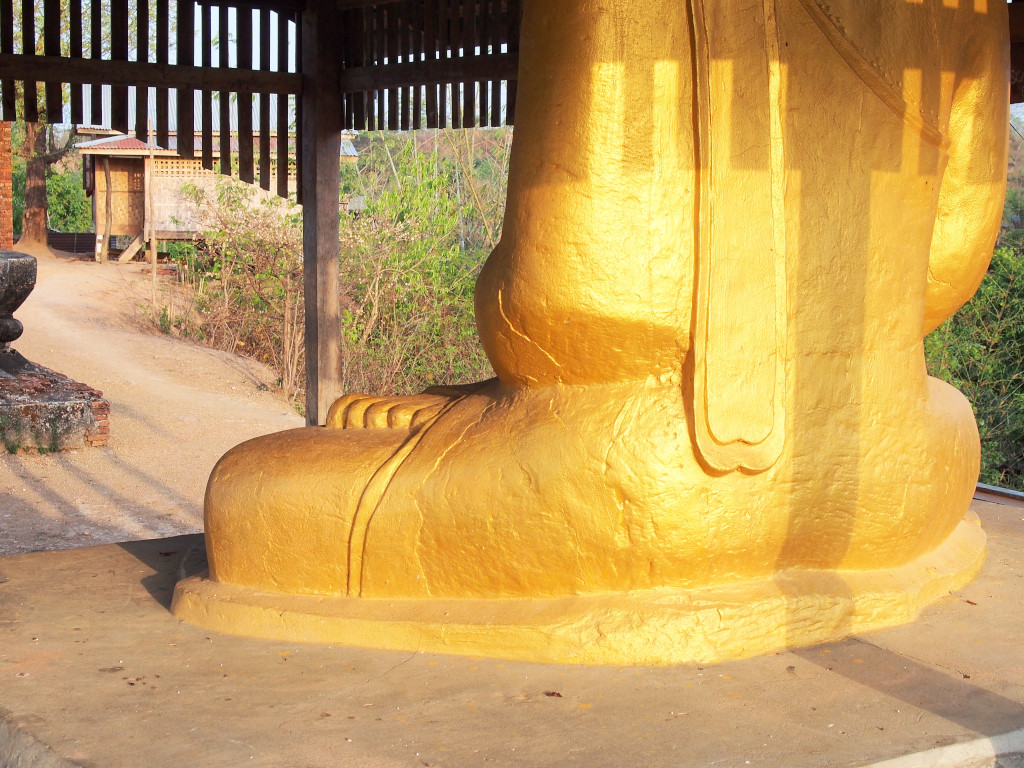
Another minor structure is the Laymyetnha Paya, which may be oldest pagoda at Mrauk U, four-faced, and also made of sandstone, its simple structure overshadowed by a massive stupa, accompanied by five smaller exemplars. And just like its larger neighbors, it contains internal passages populated by statues of Buddha in the same bhumisparsha mudra, culminating on a set of Buddhas seated around a central column. All very repetitious, although the design aesthetic from this time was probably more focused on its spiritual symbolism than any visual appeal.
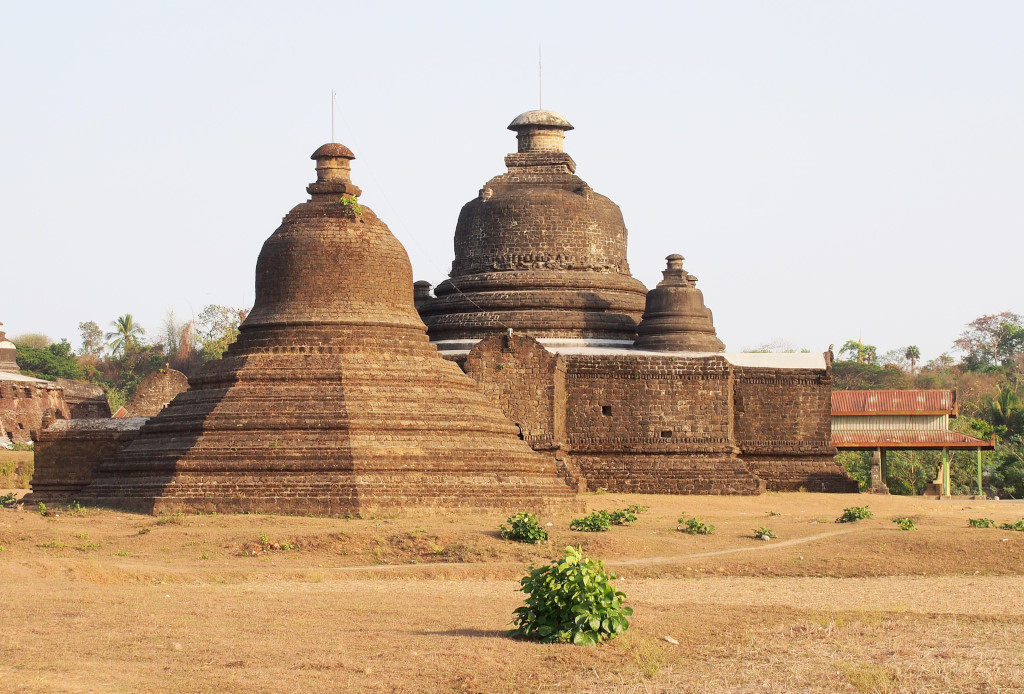
After hours of traipsing through the tomblike stupas and looking at innumerable statues of Buddha in the near darkness, it’s alluring to find myself at the far end of the site, entering into a bucolic village, observing locals going about their daily activities in a leafy setting. A placid channel transects the settlement and probably serves as transport corridor along with other tributaries that radiate out from the river feeding into the Andaman Sea.
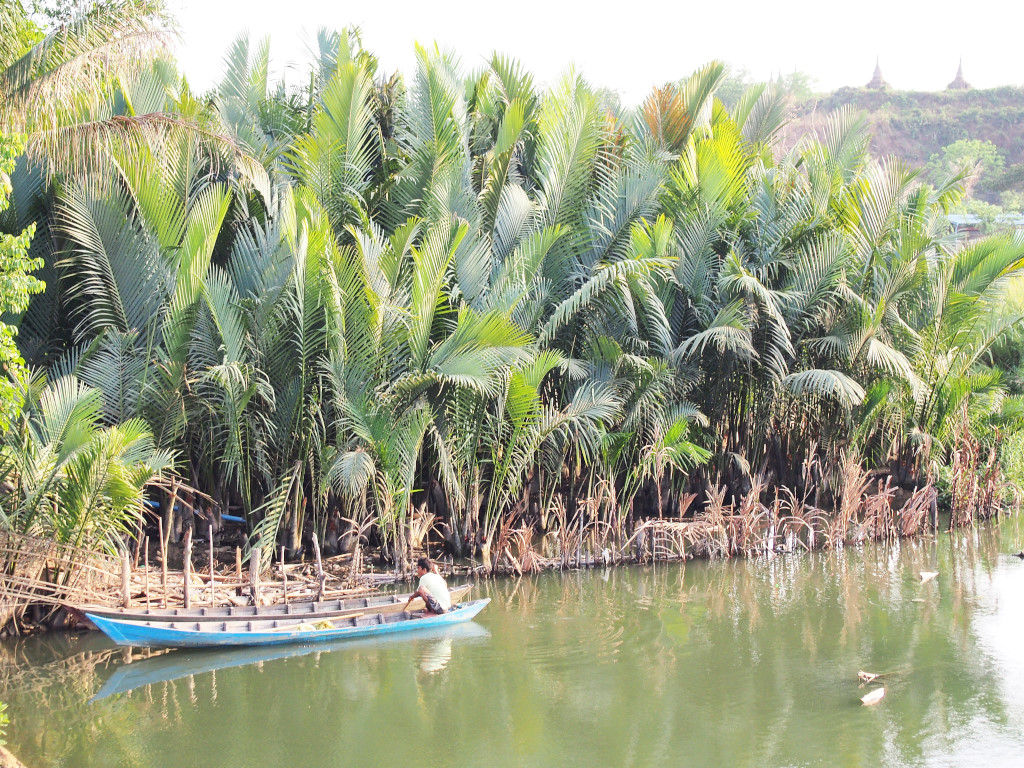
A final snack and drink at the sprawling eatery positioned at the entrance of the site, the enjoyment of the food and drink in the modest surroundings accompanied by the heated chatter of locals at close quarters. But the decision to share a warm and fuzzy appreciation with some monks derails when they turn out to be less than receptive of those that do not embrace the Buddhist faith, declaiming on the right of the Rohingya to occupy any position in Rakhine state. Little would I suspect the extent to which this argument will lead to a tragedy of cataclysmic proportions a few short years later.

